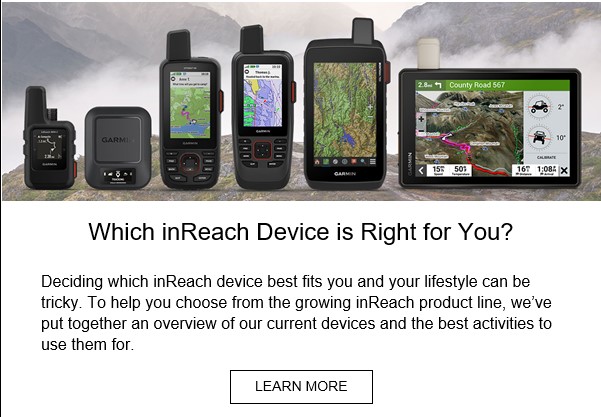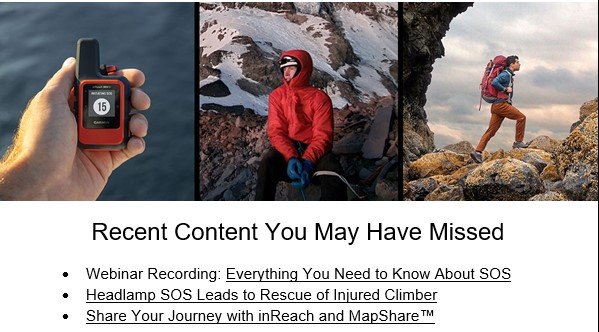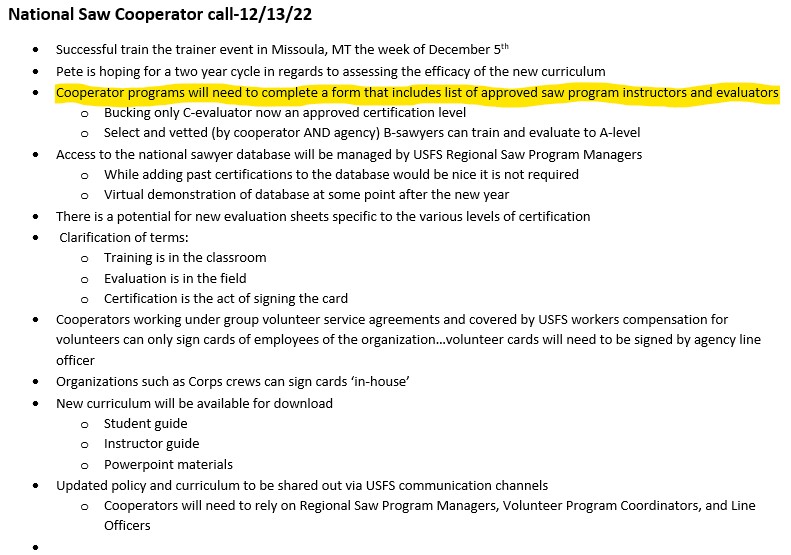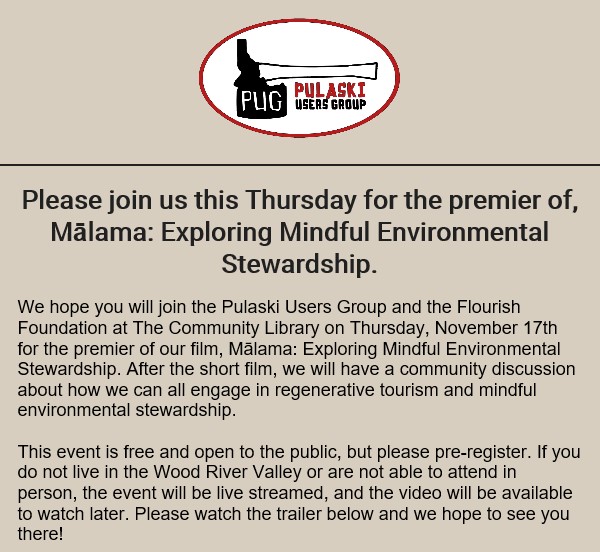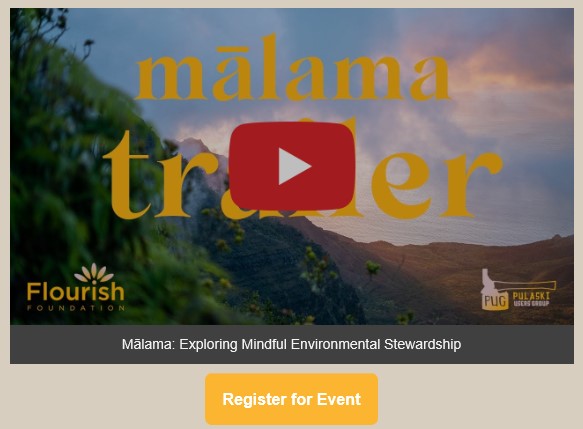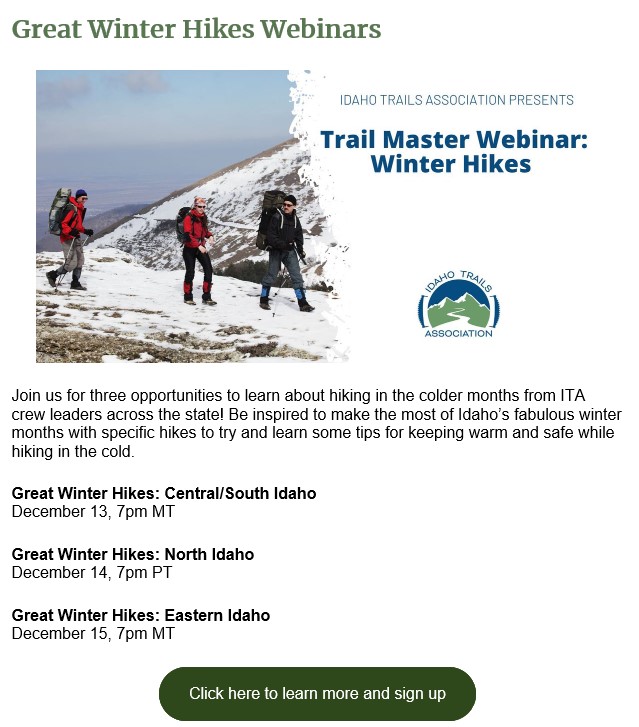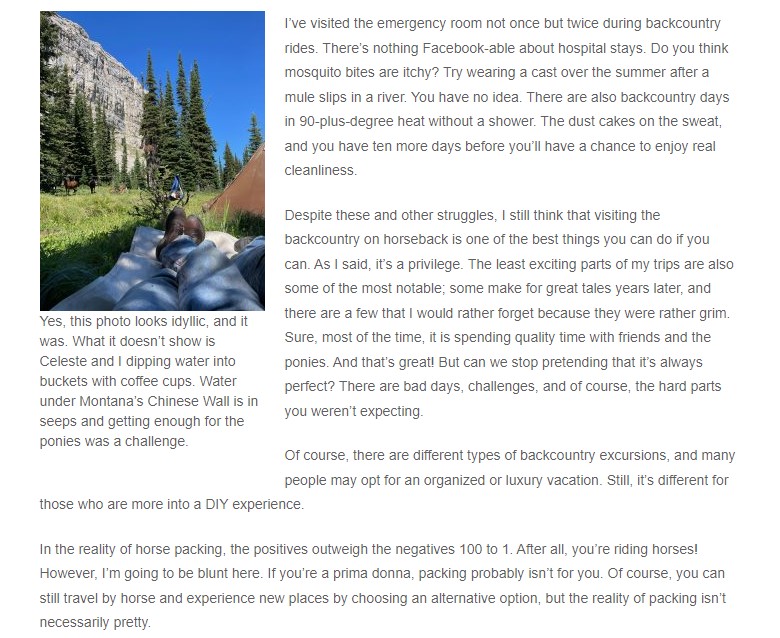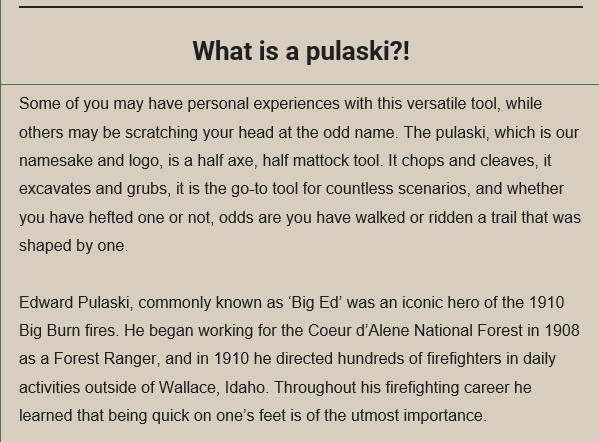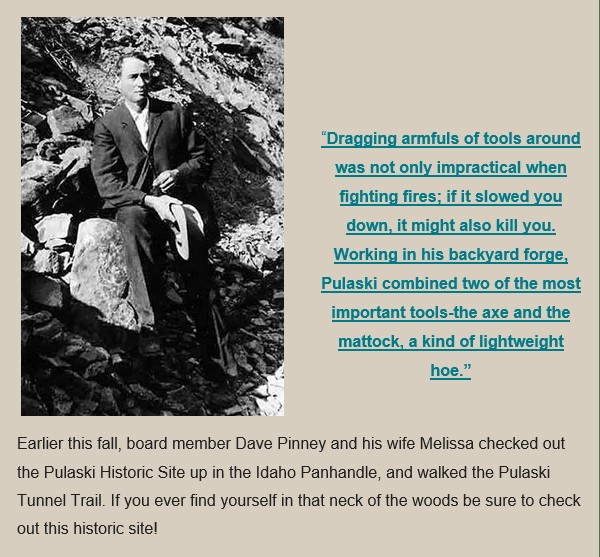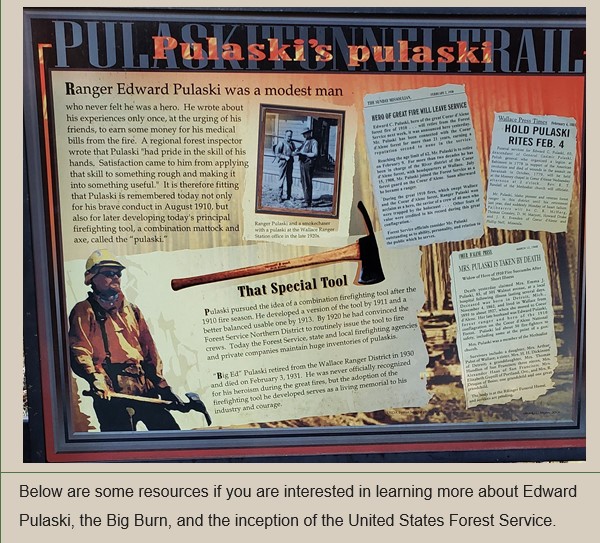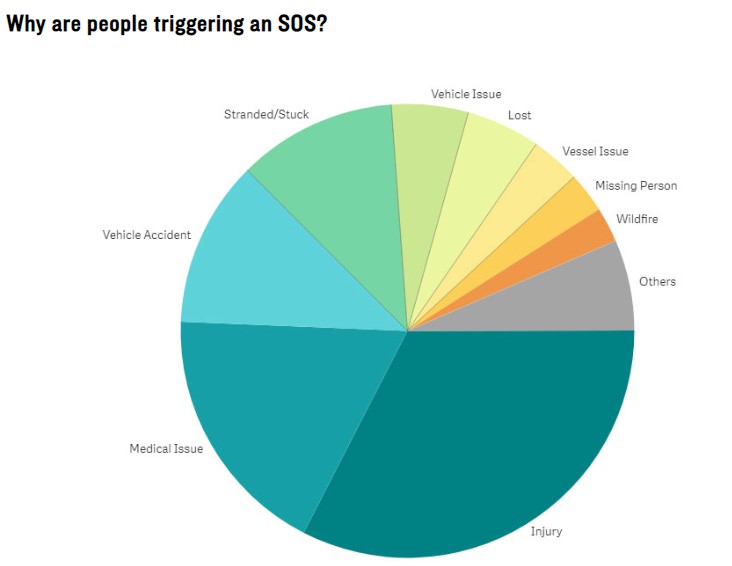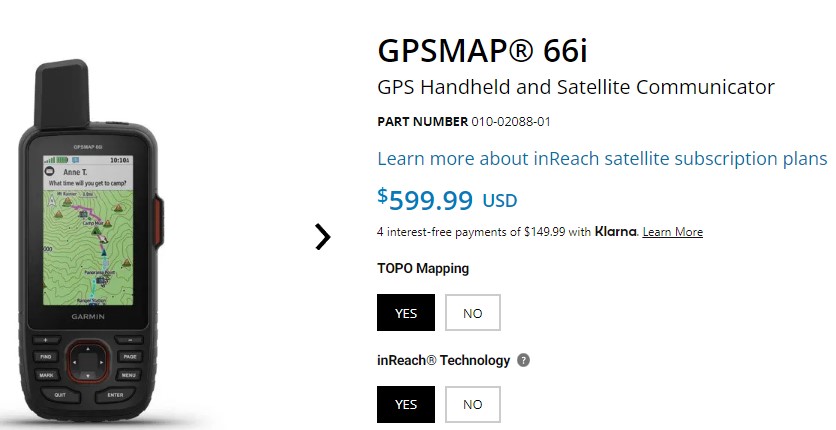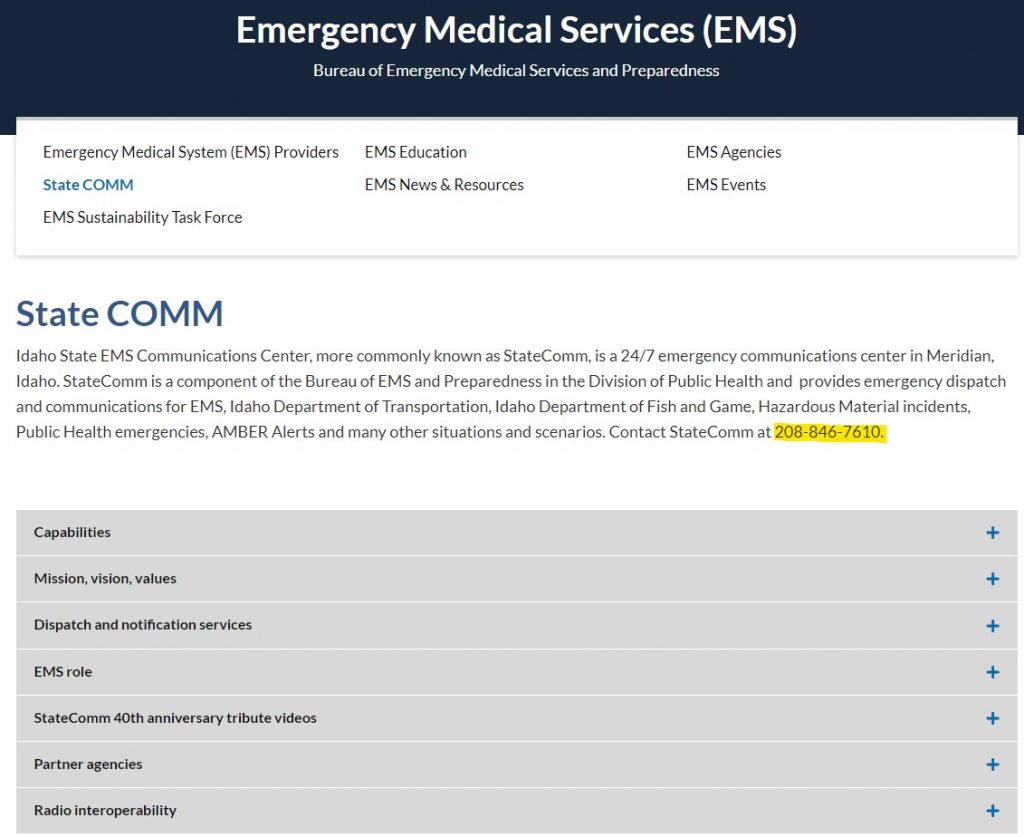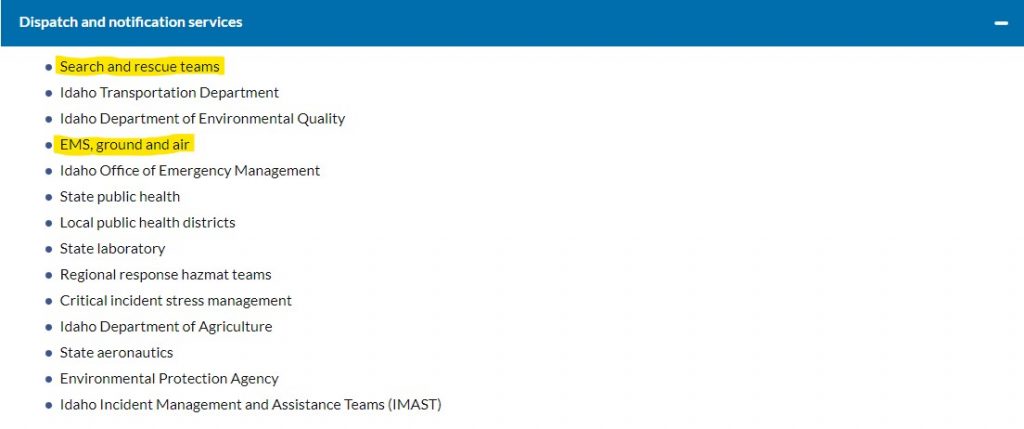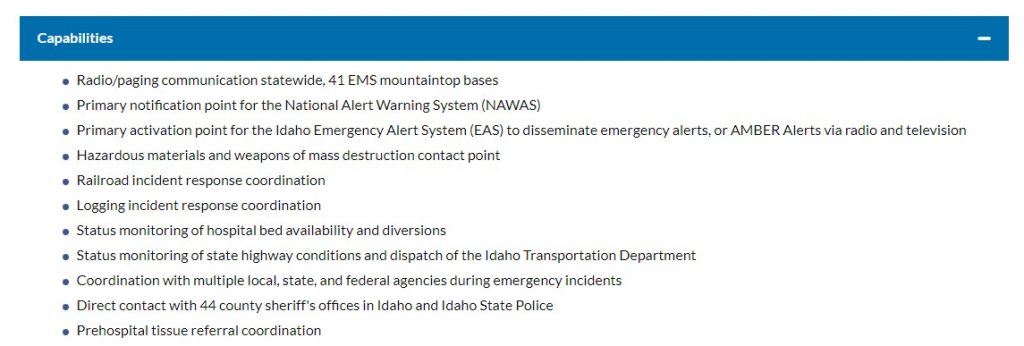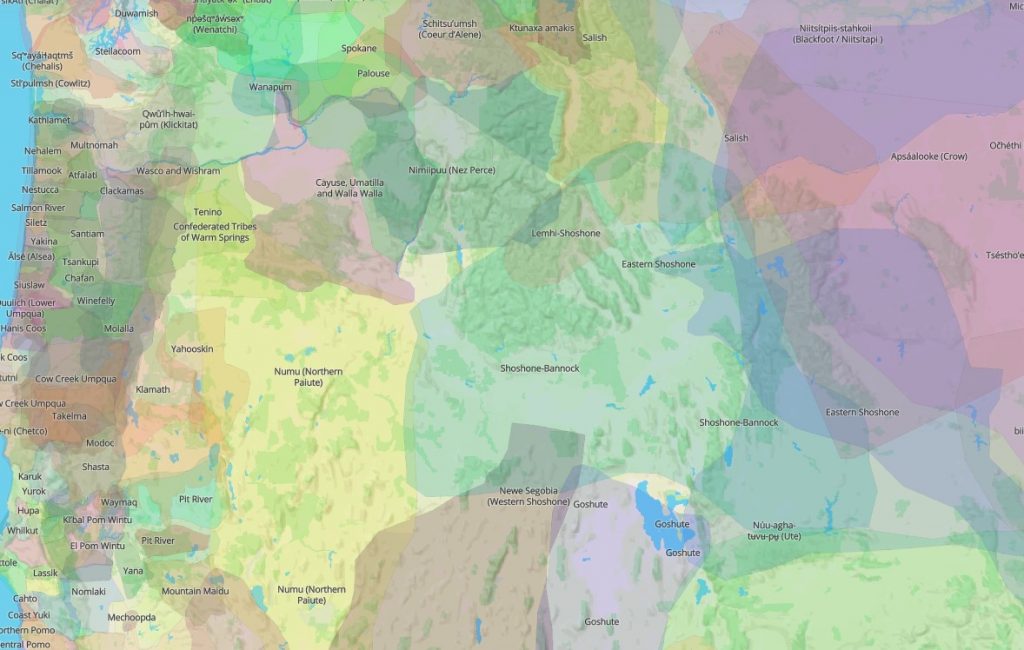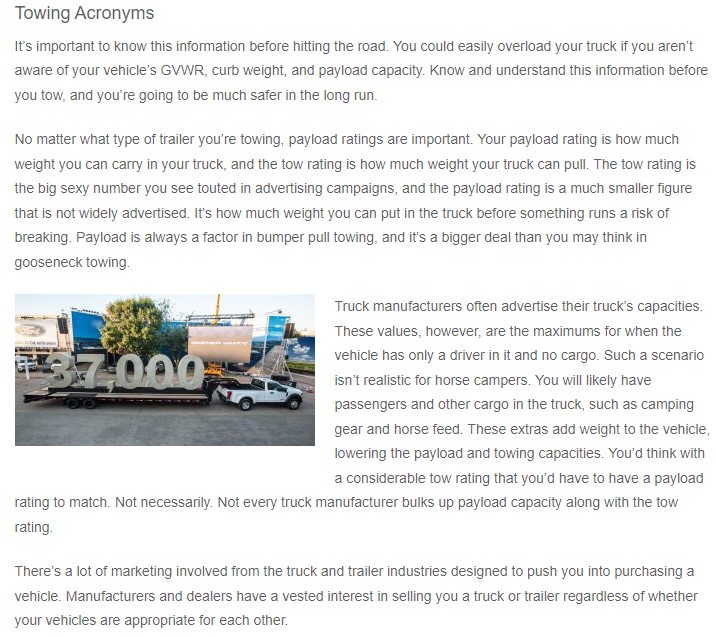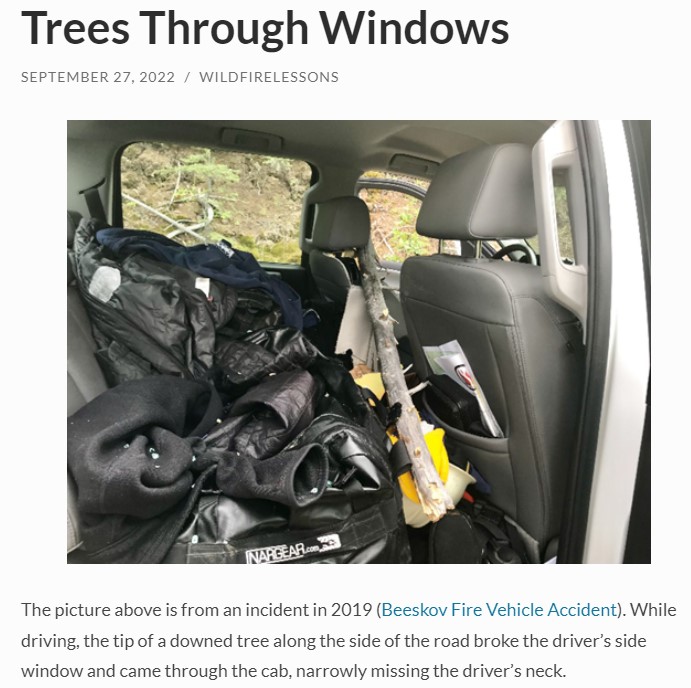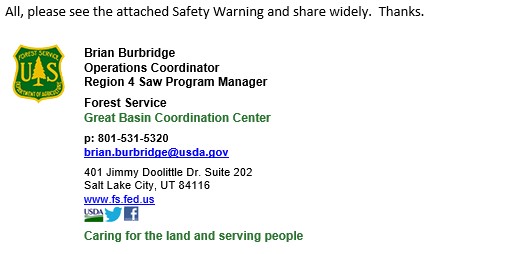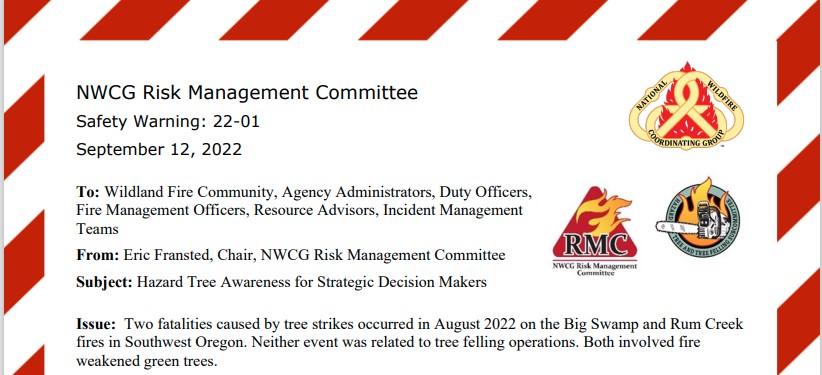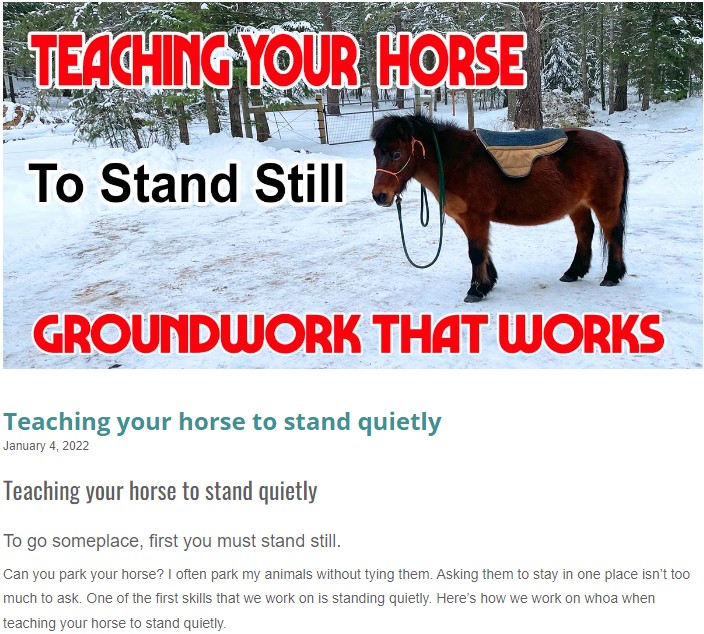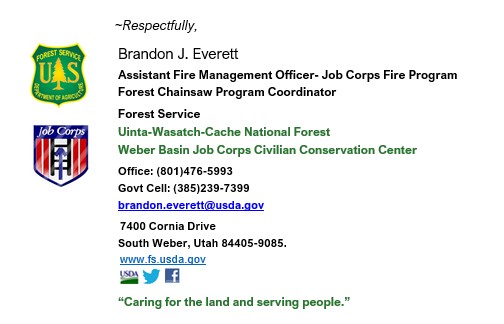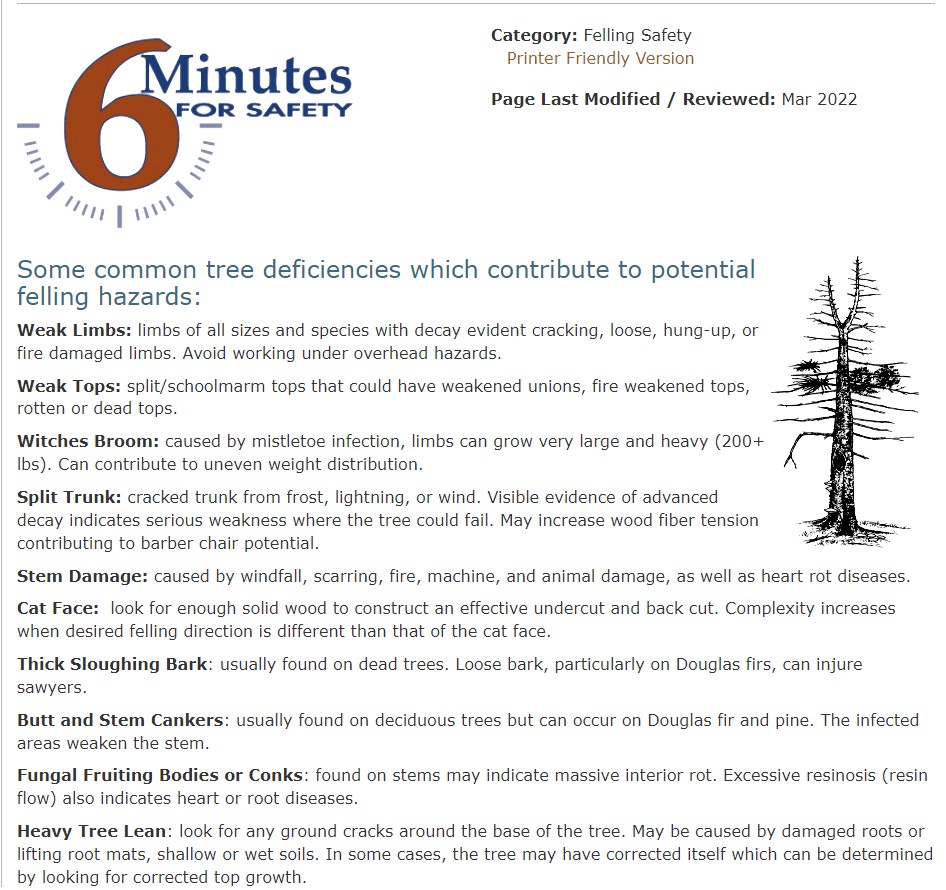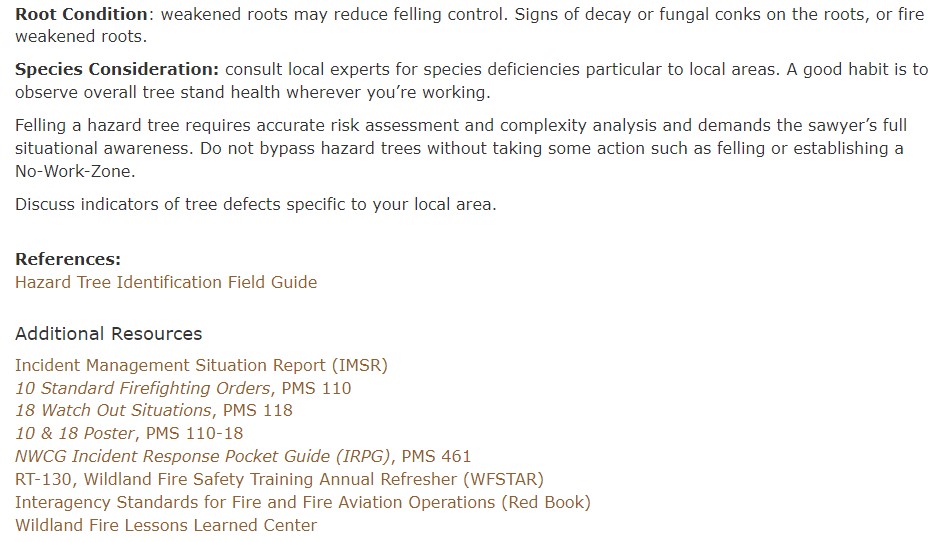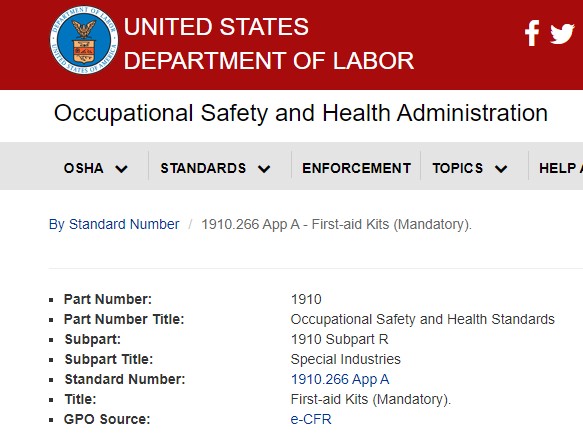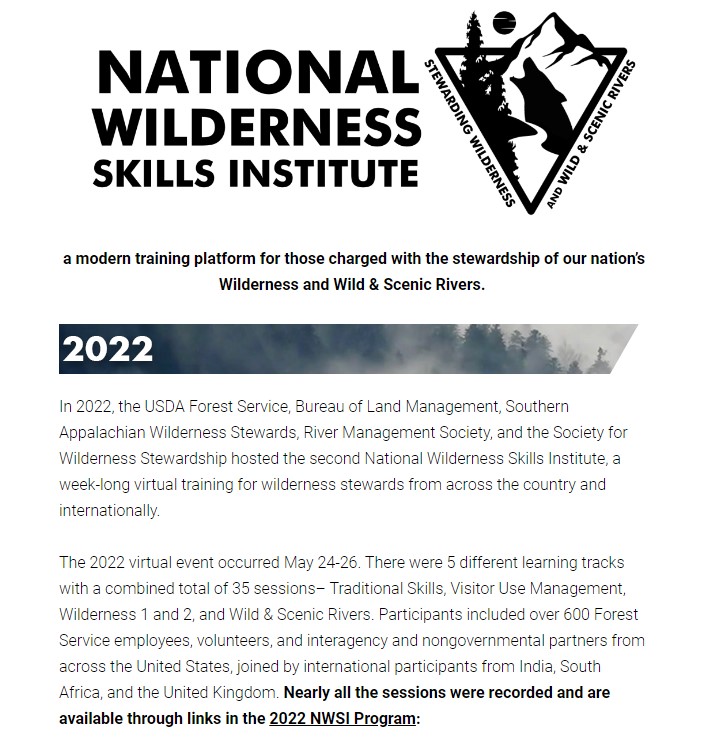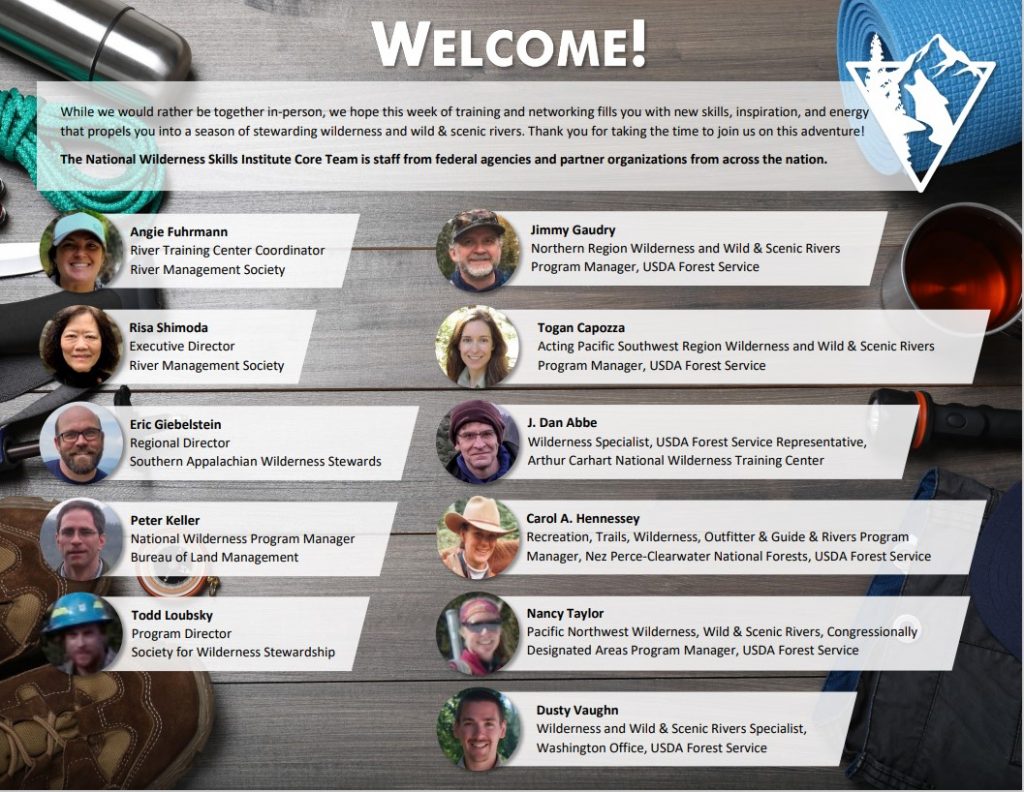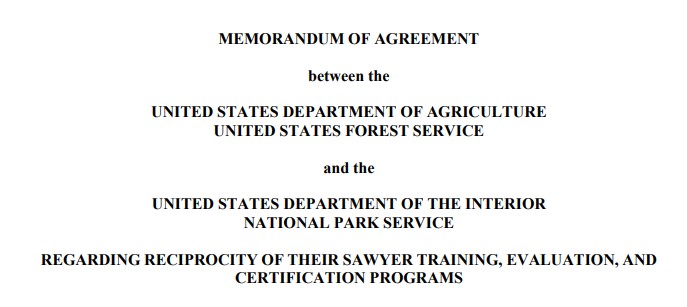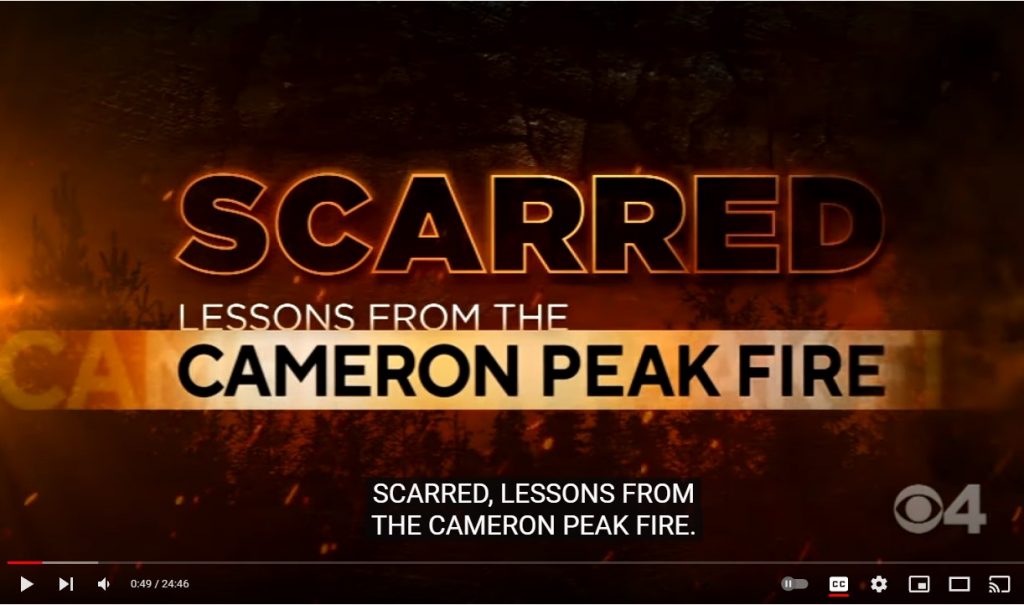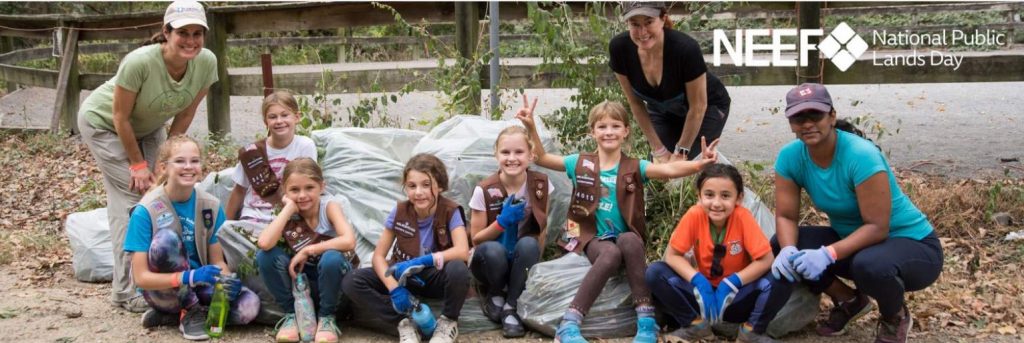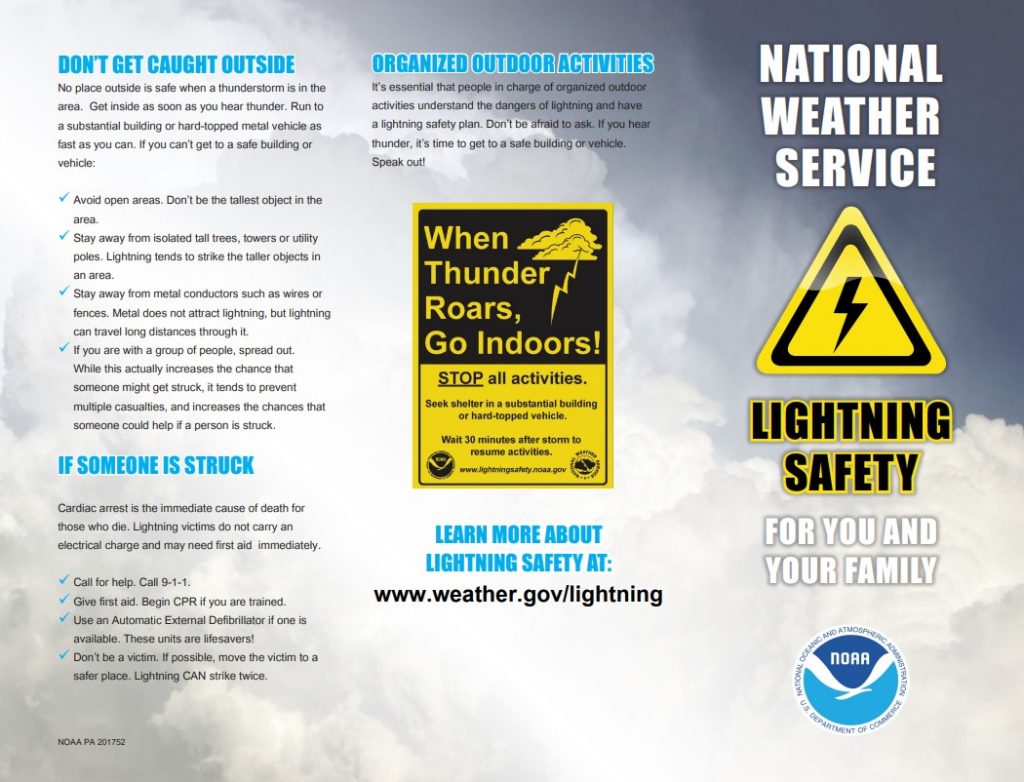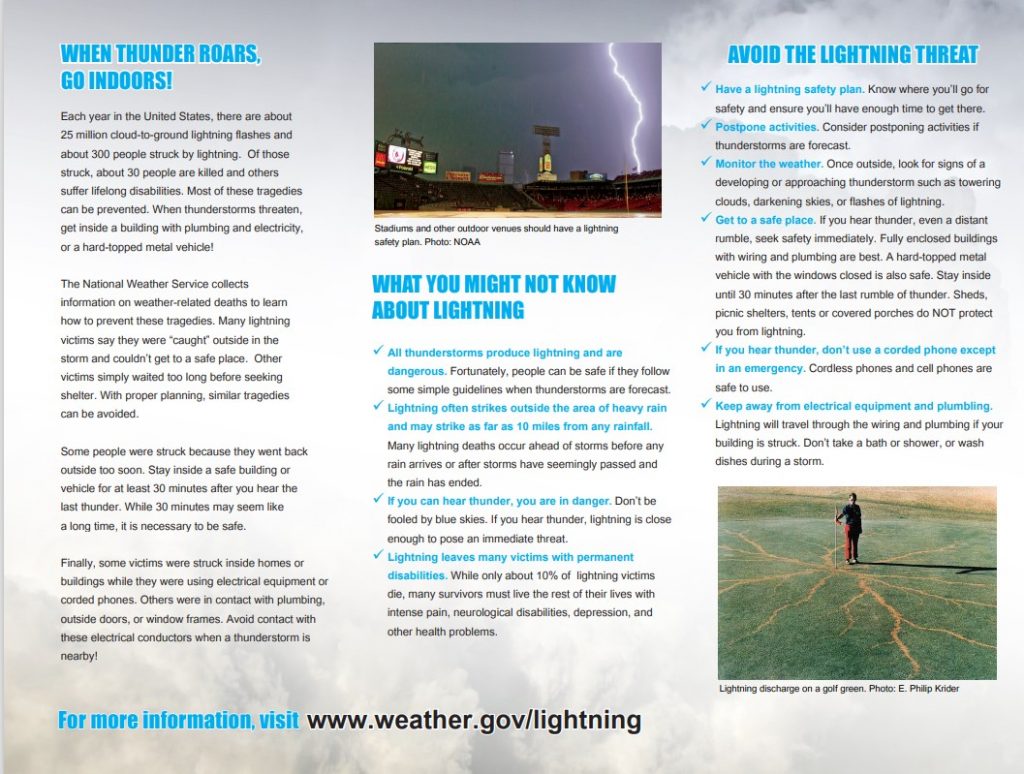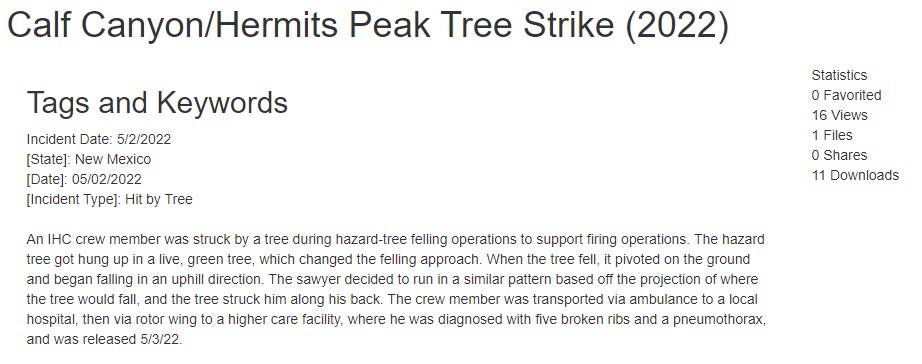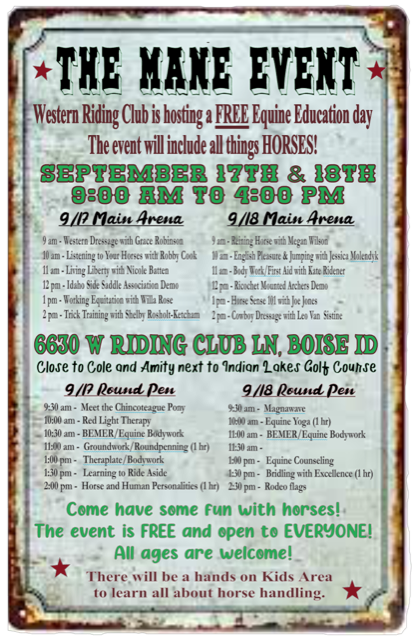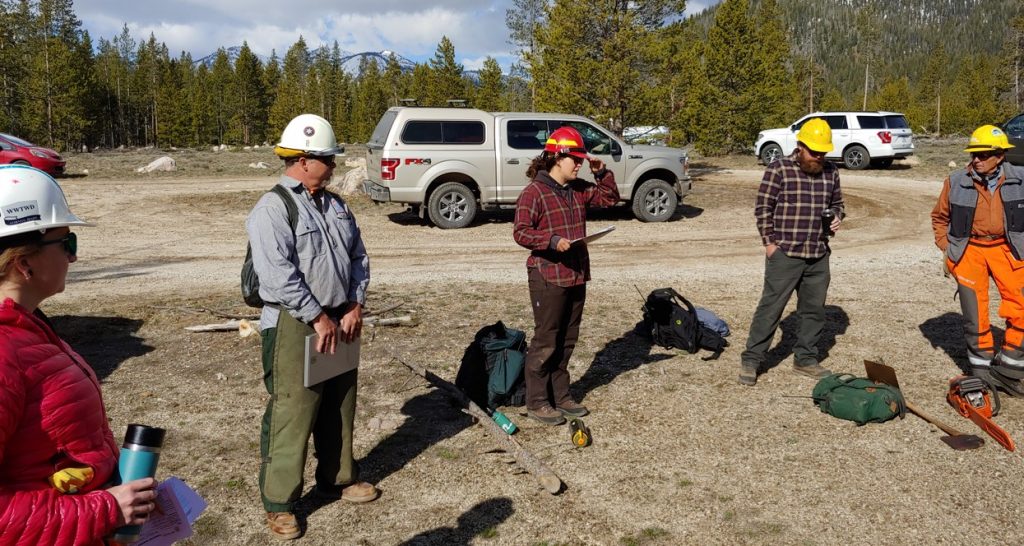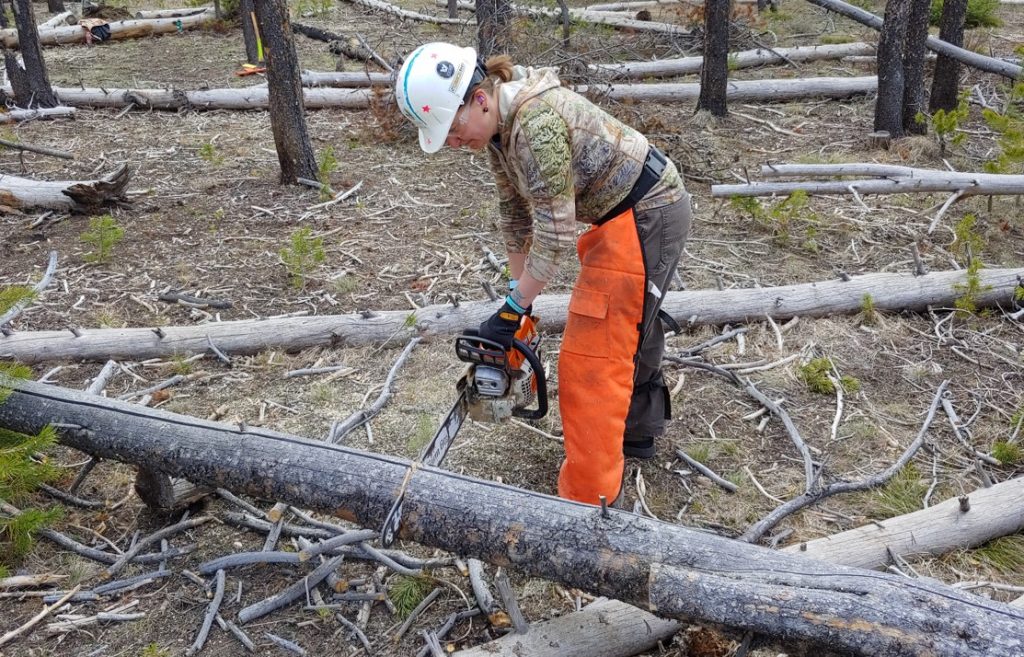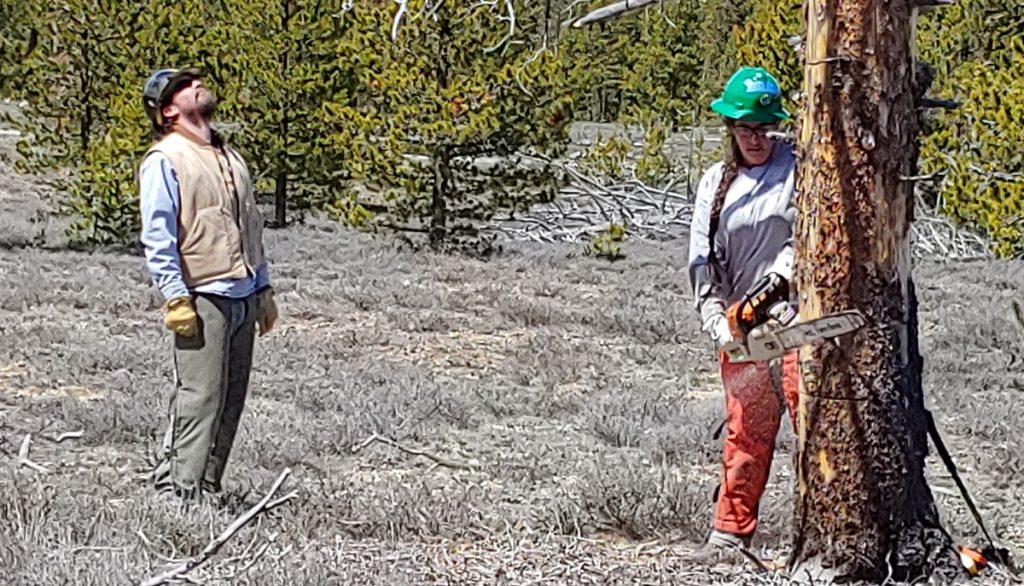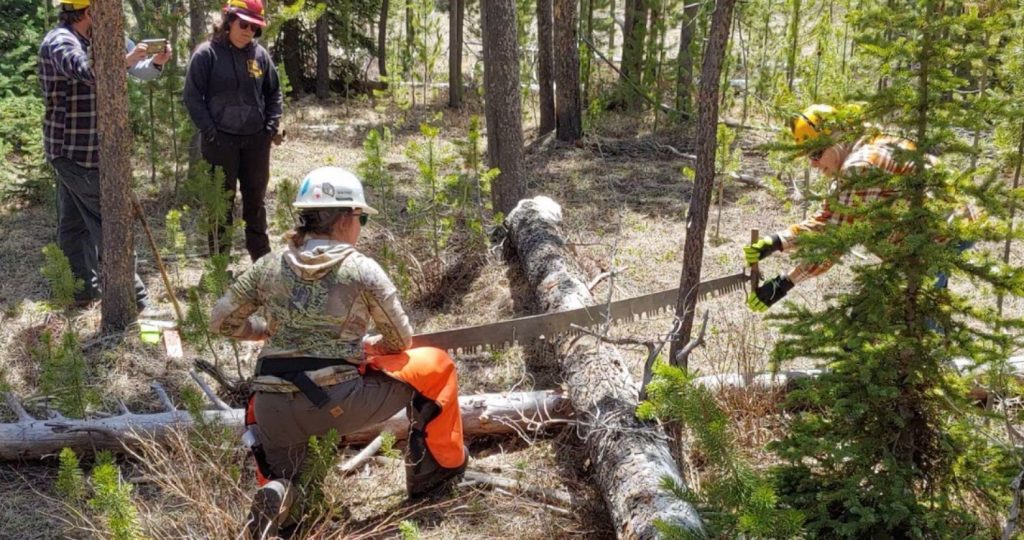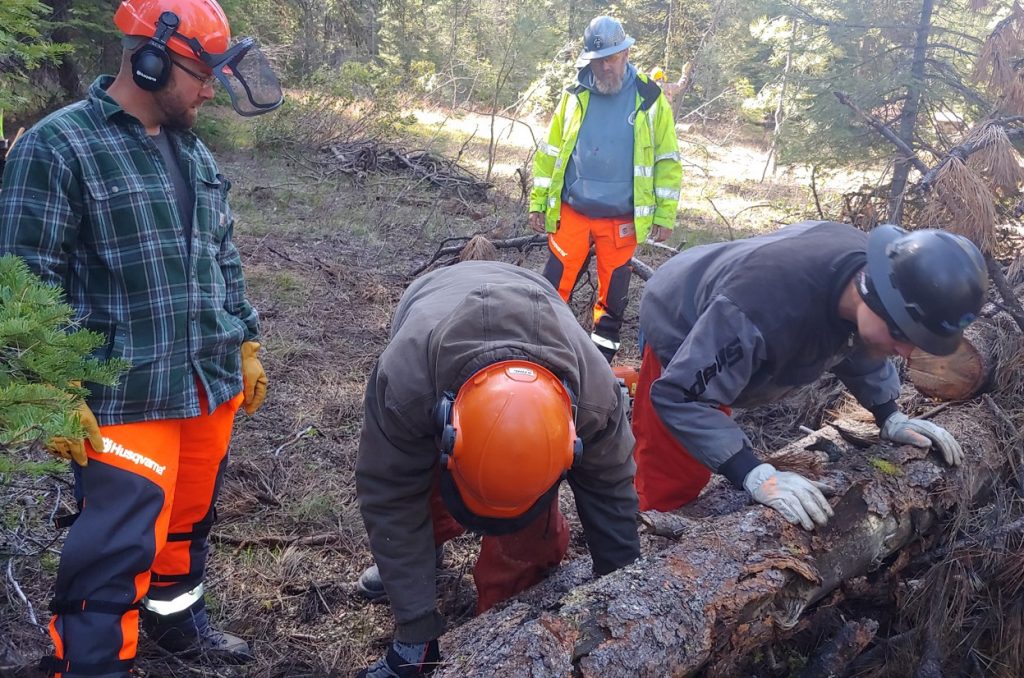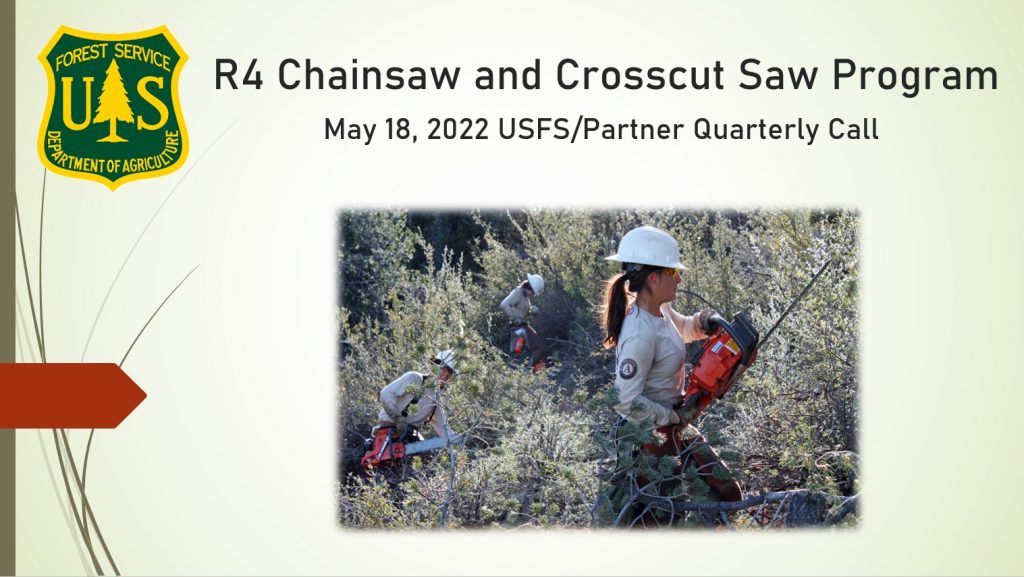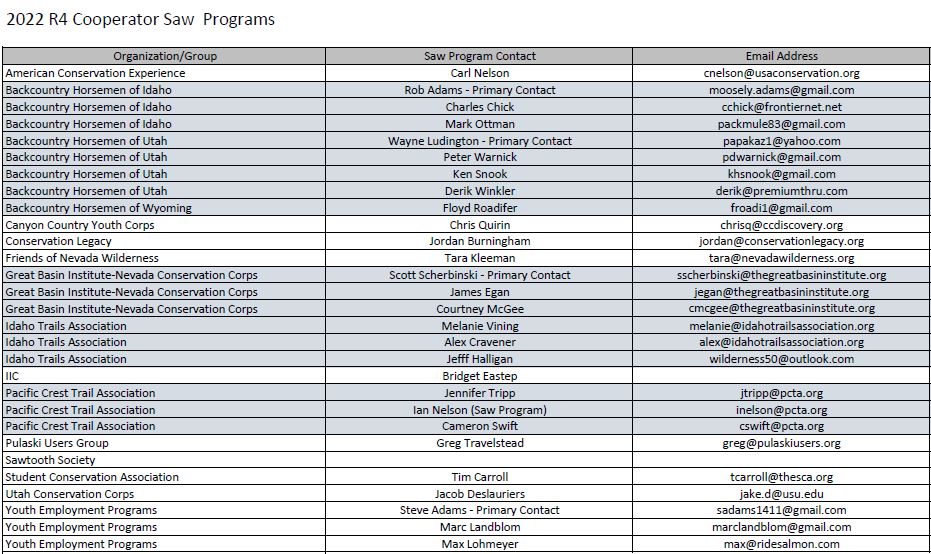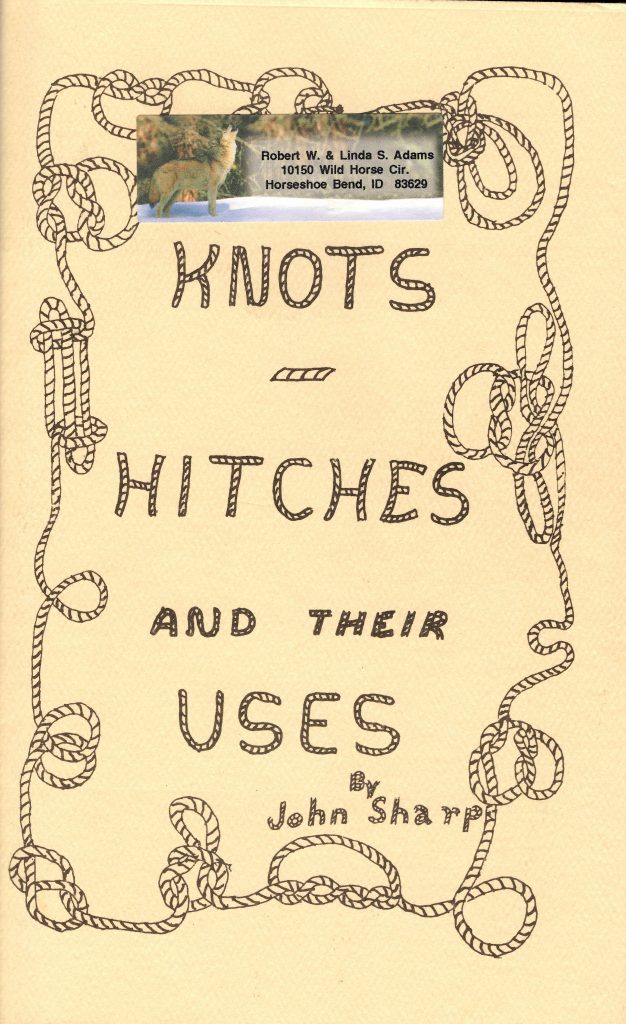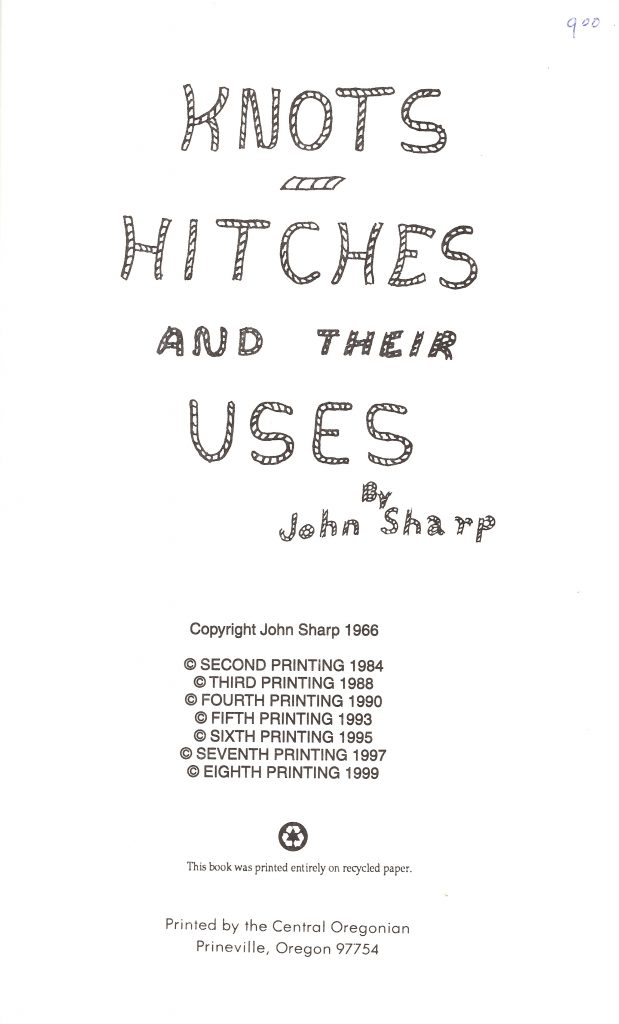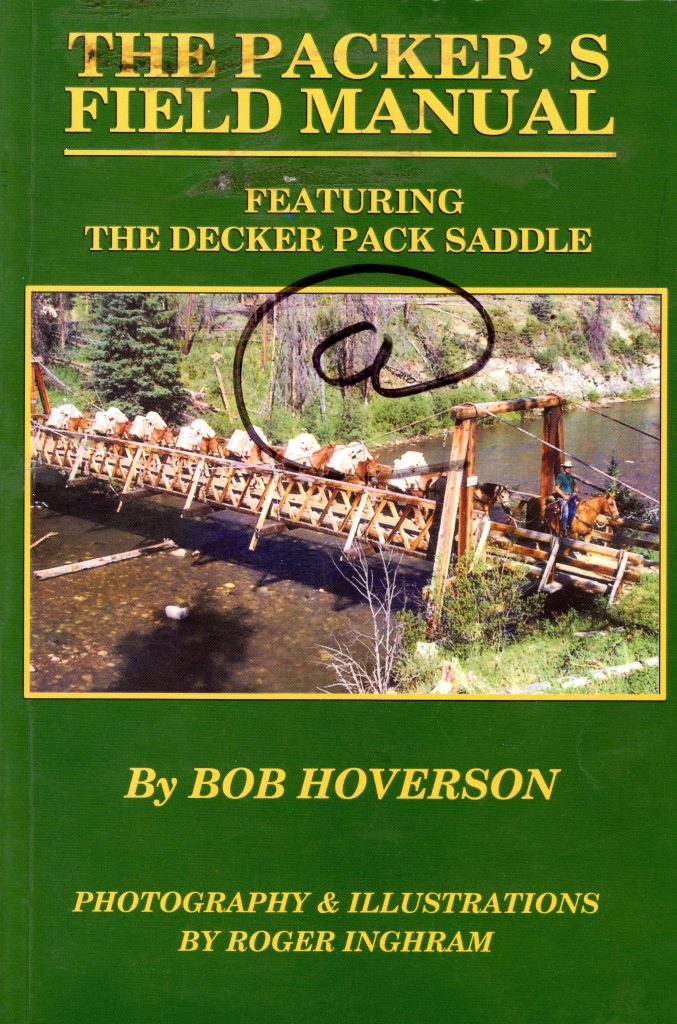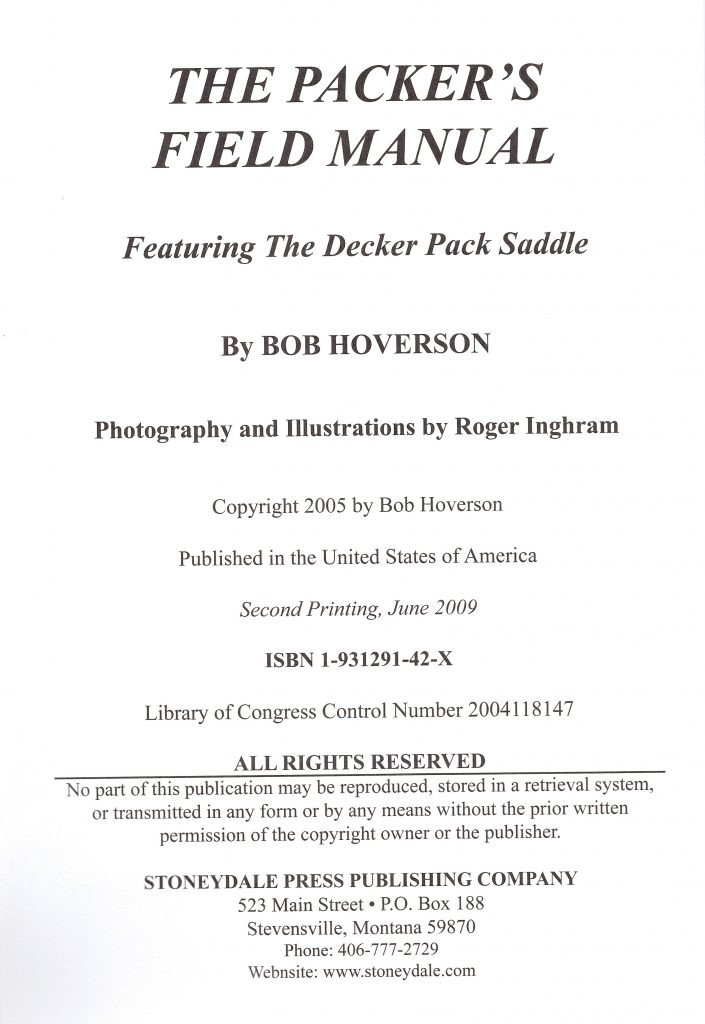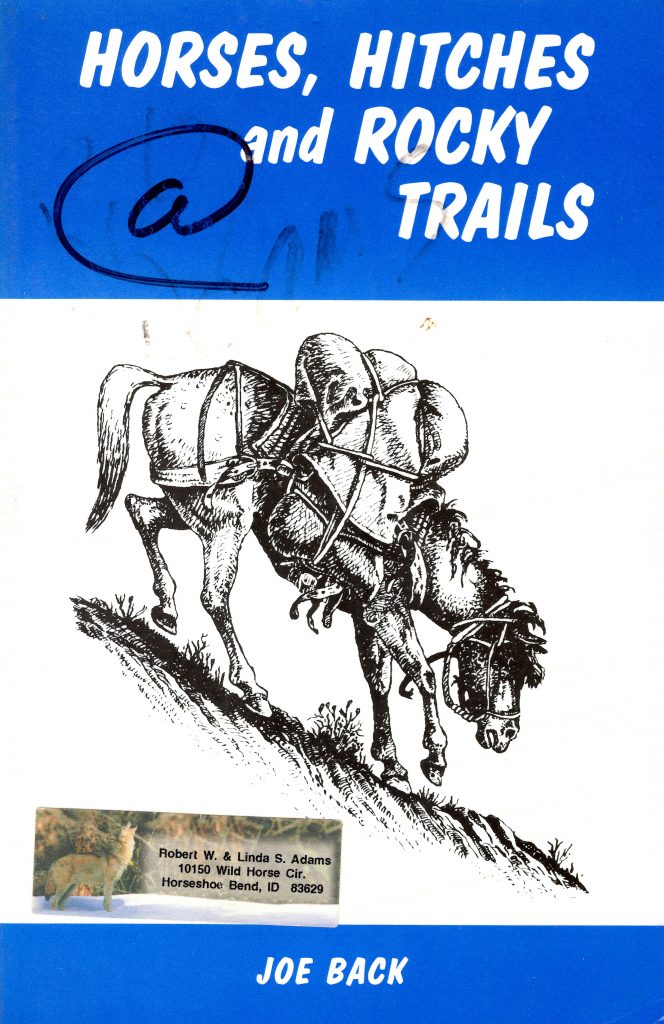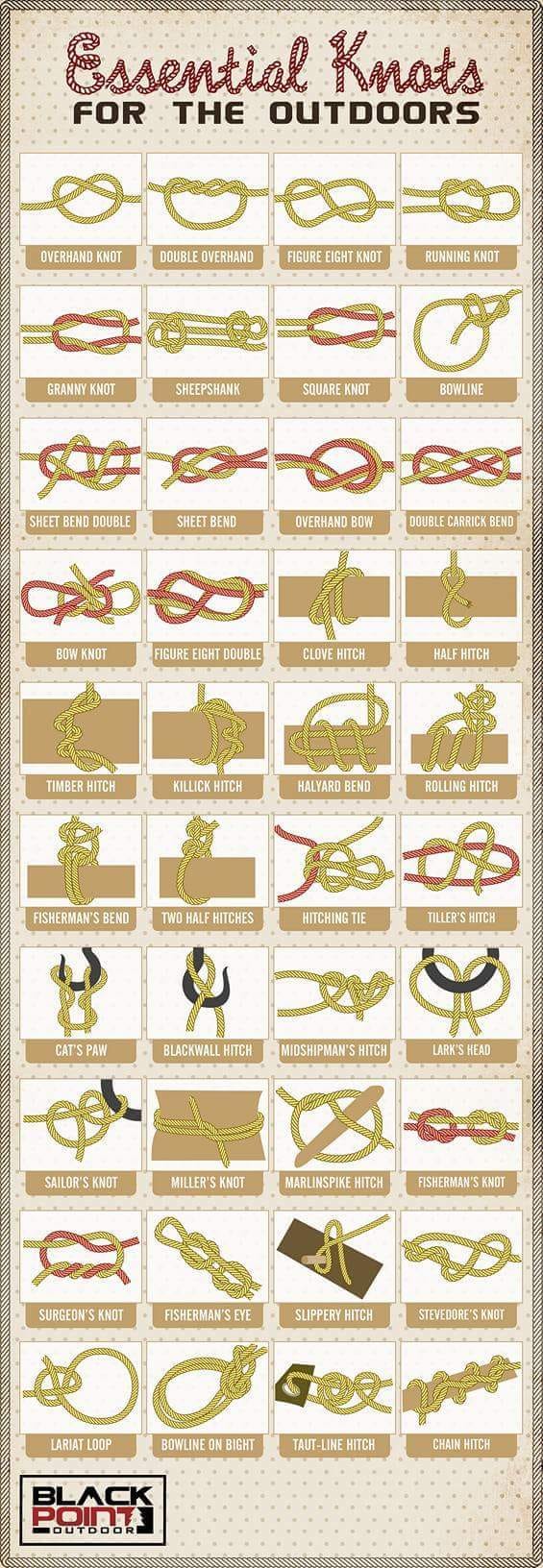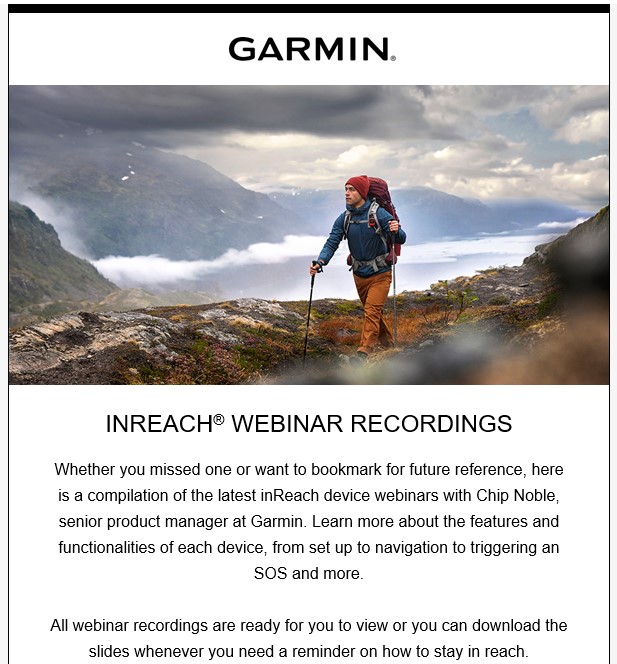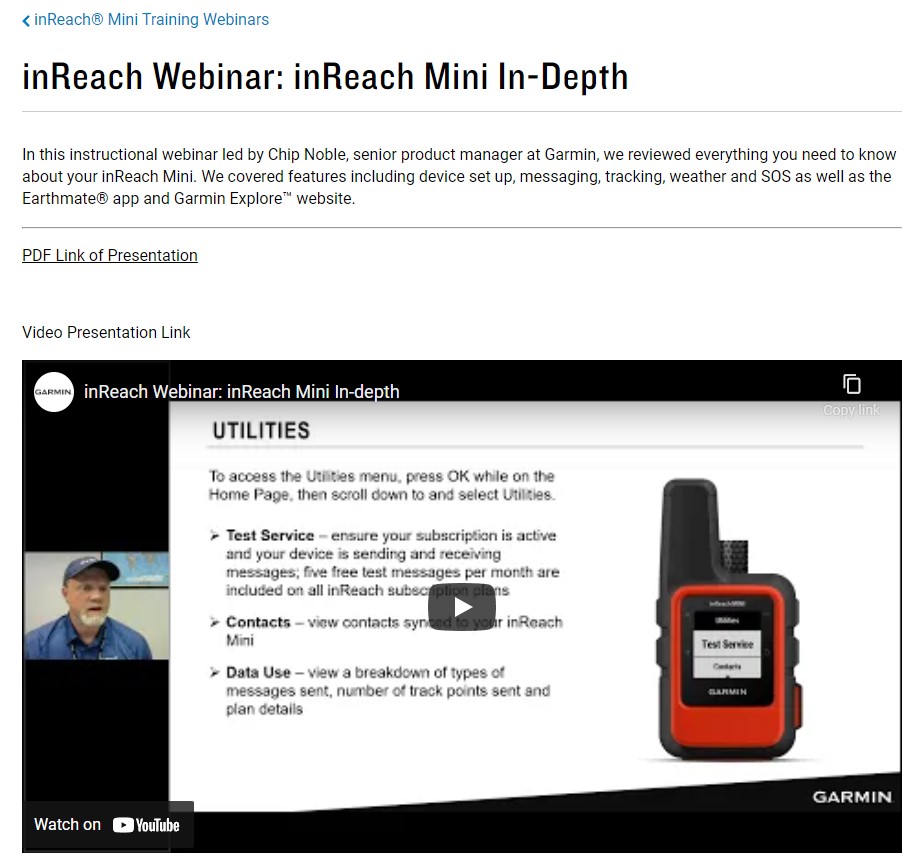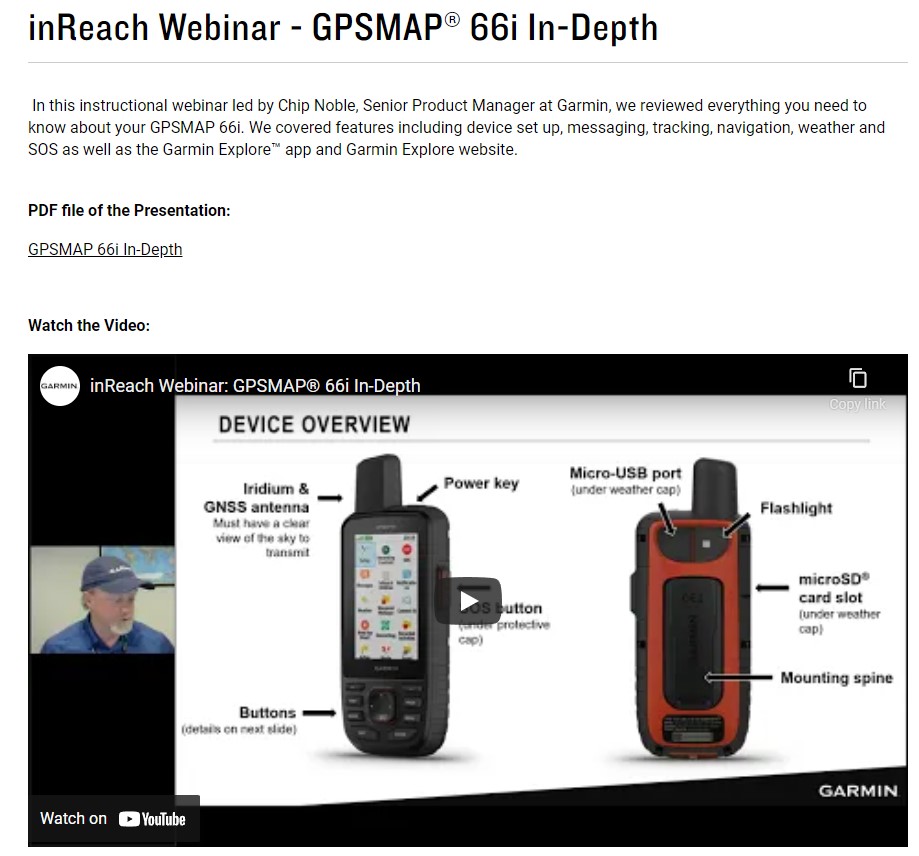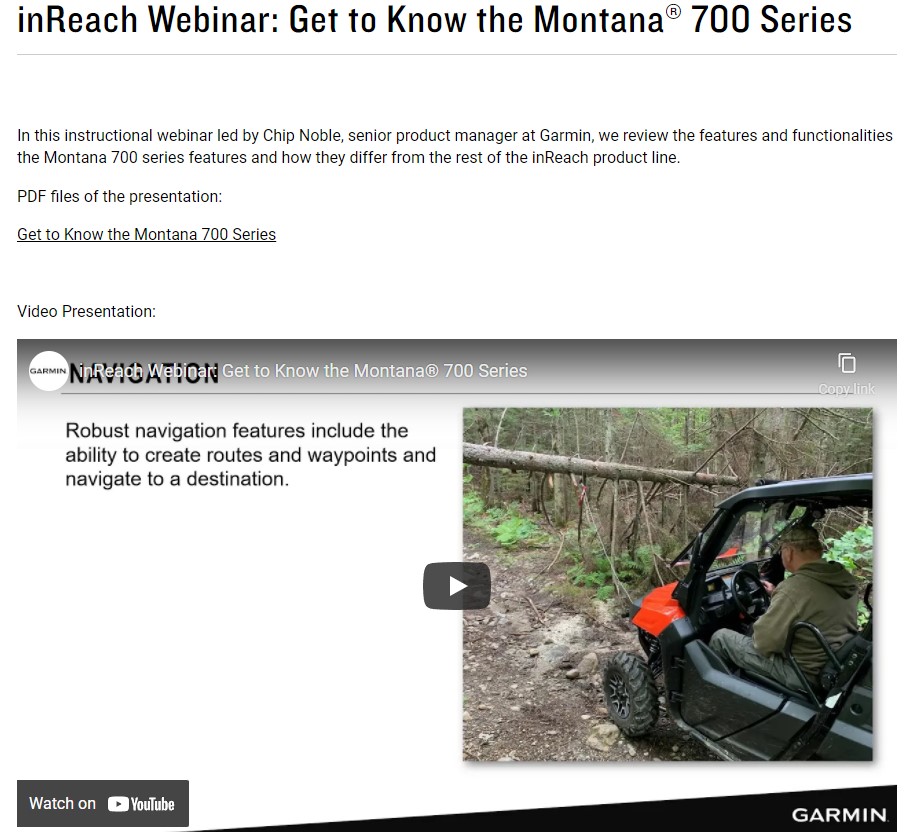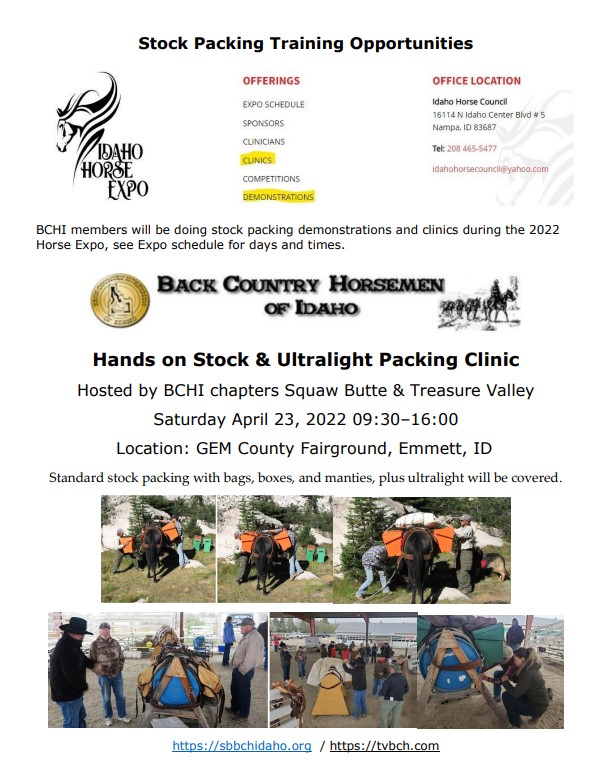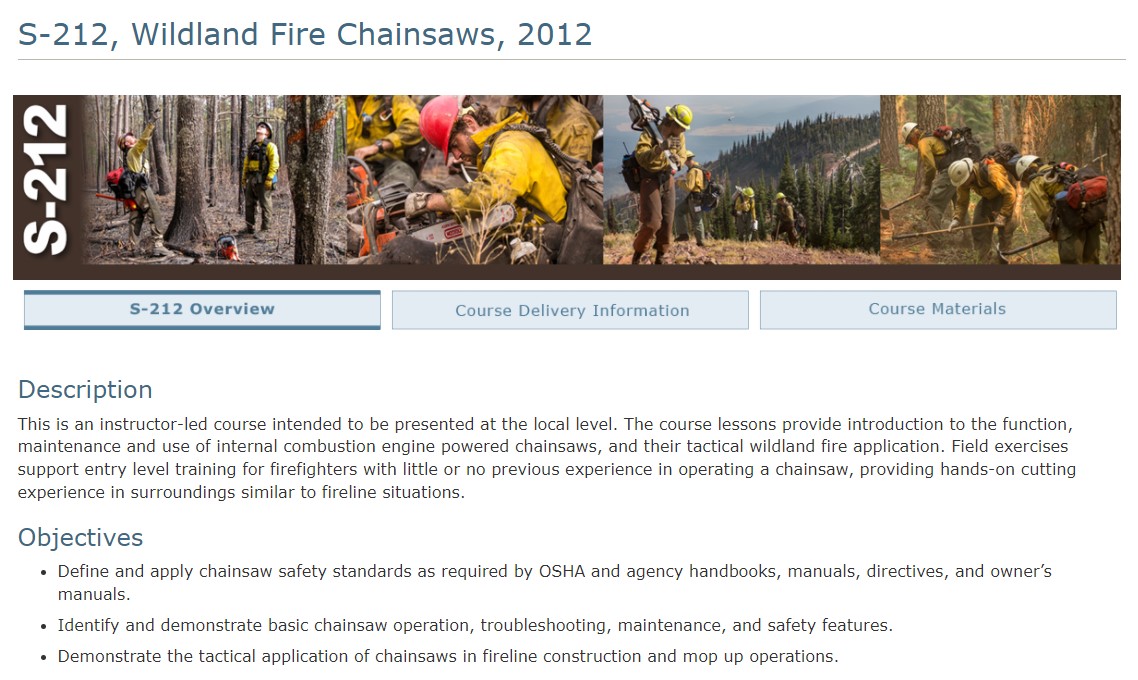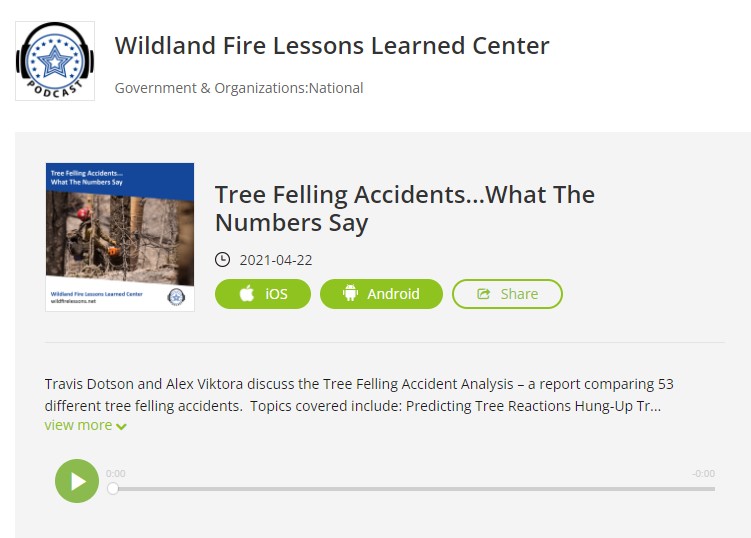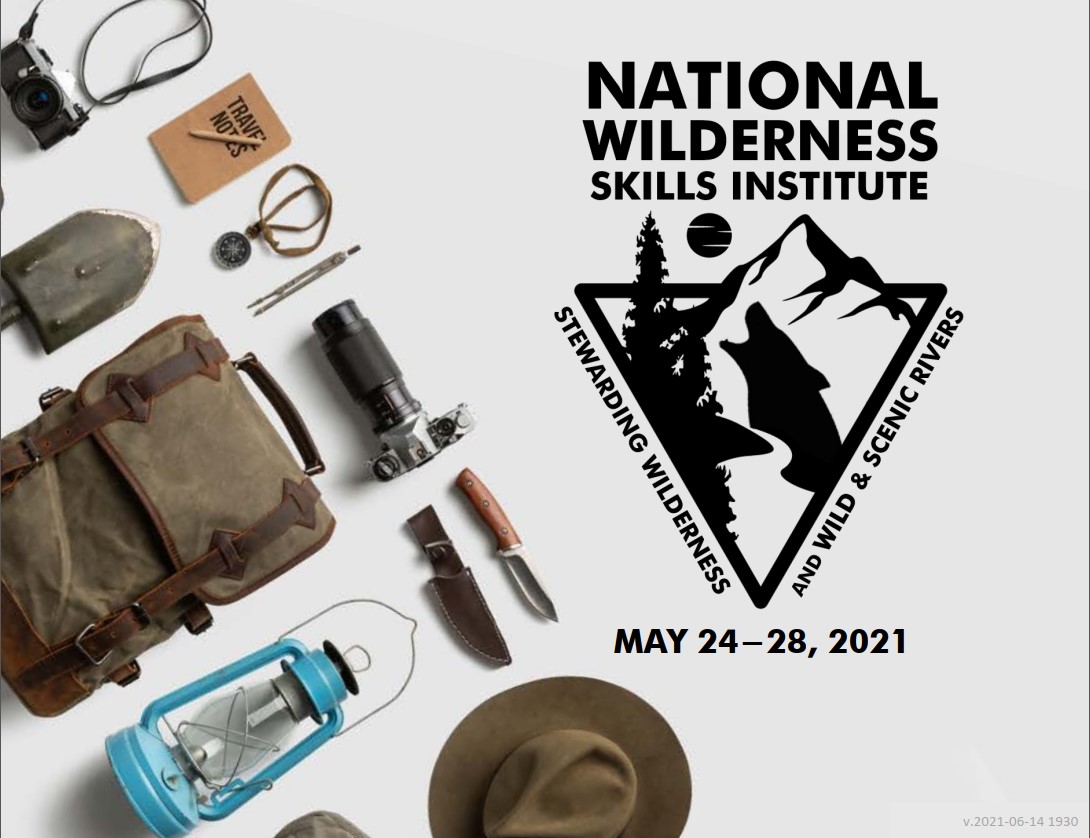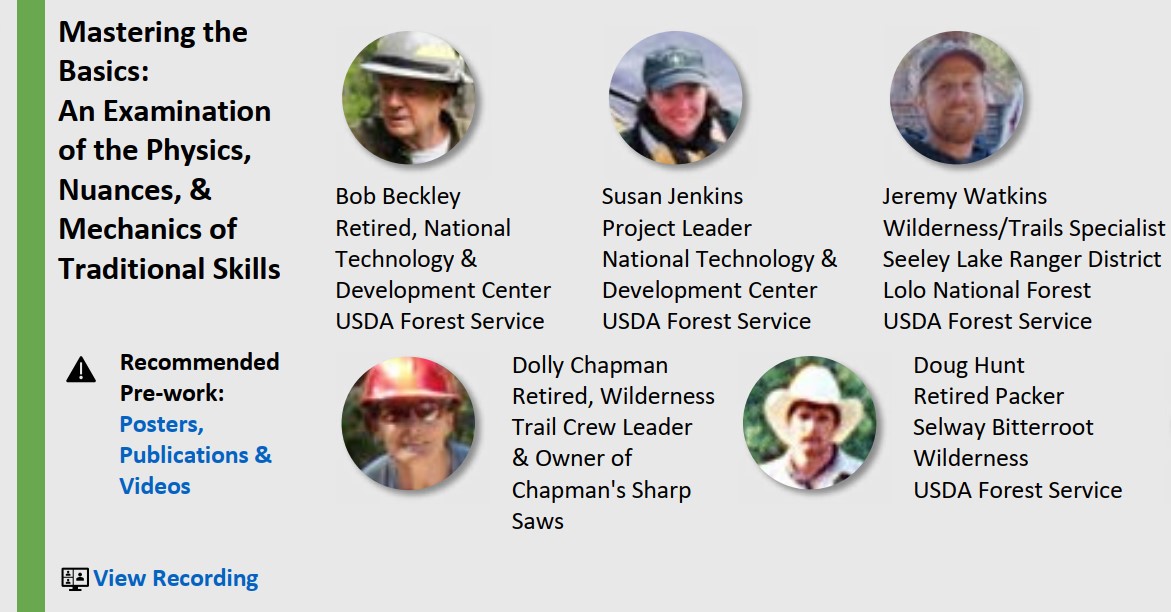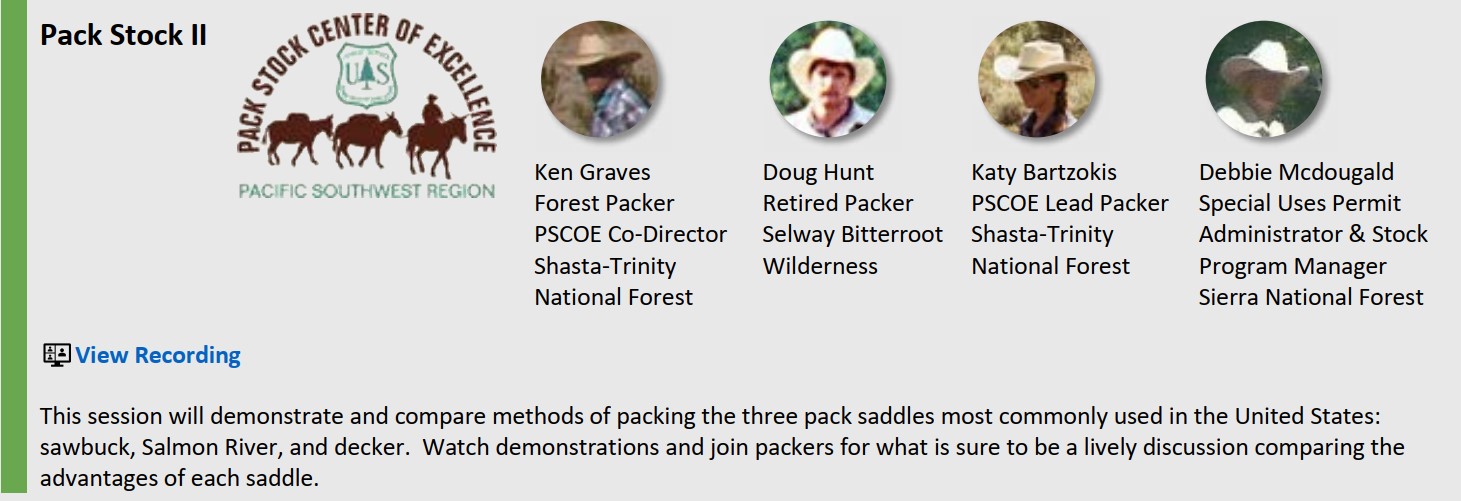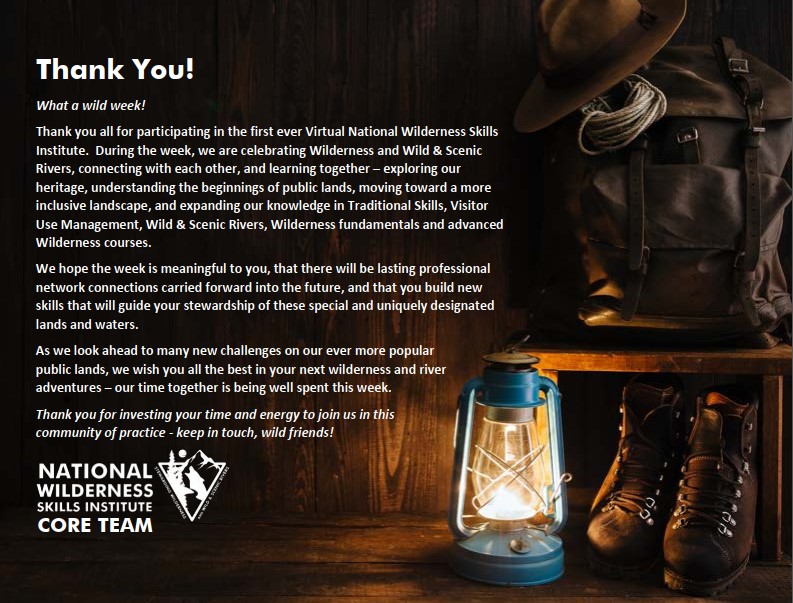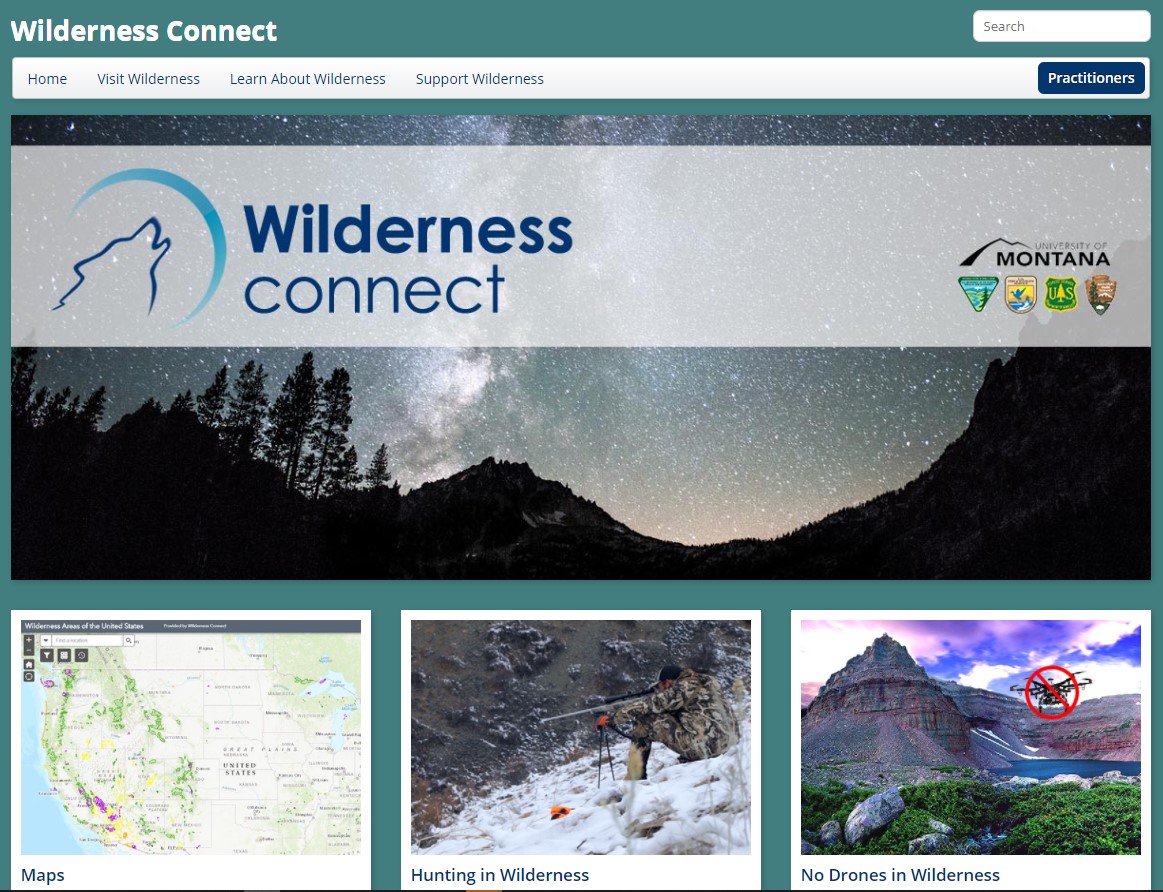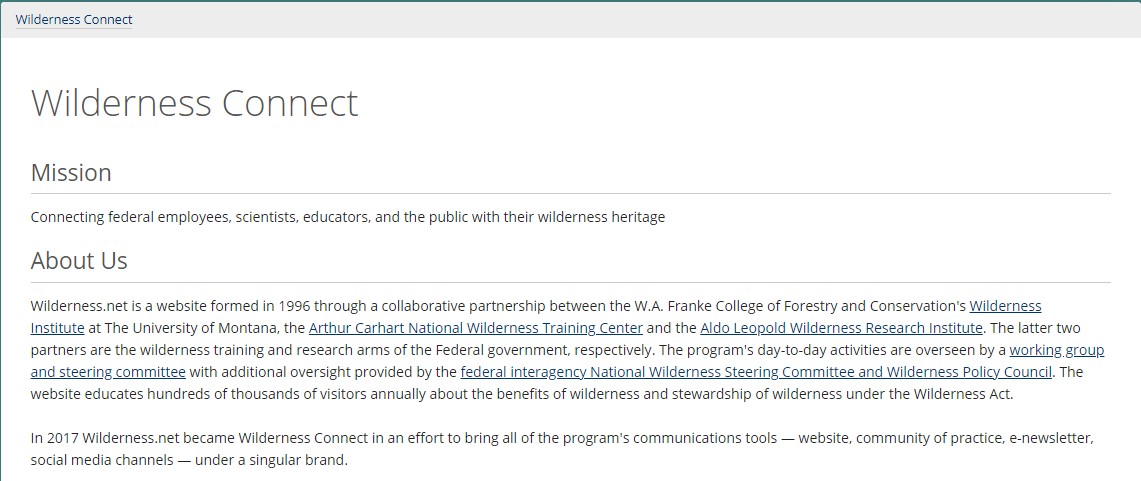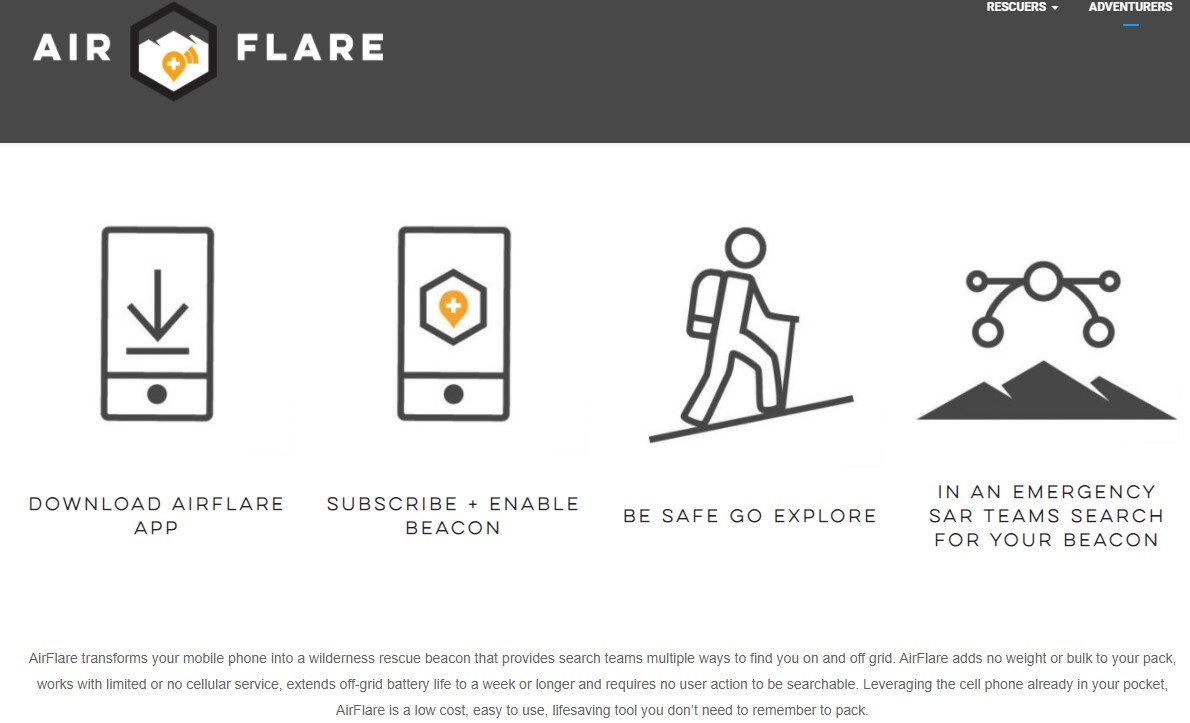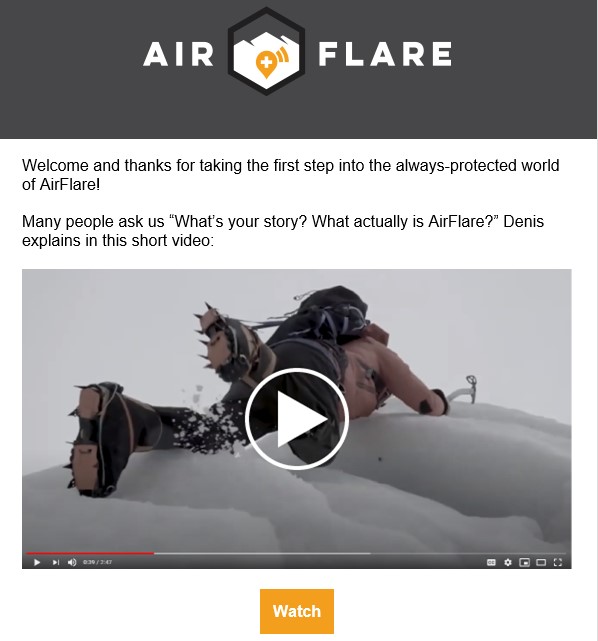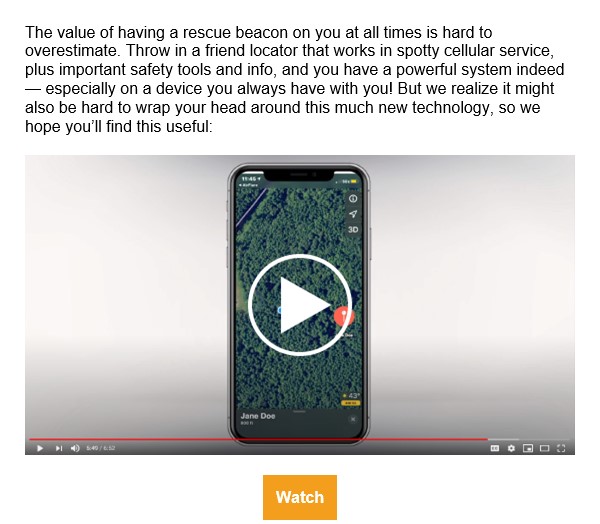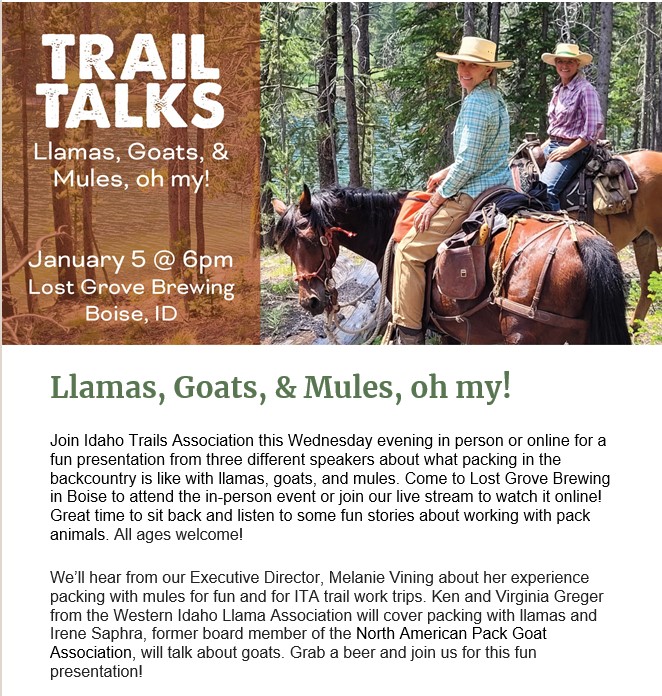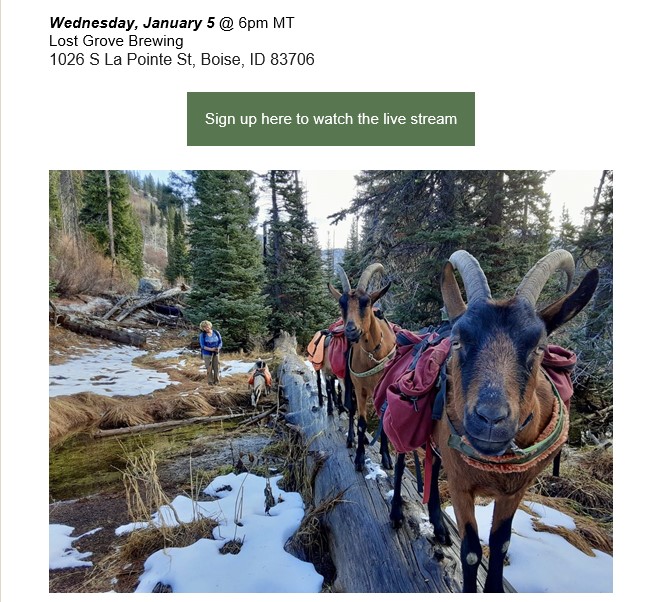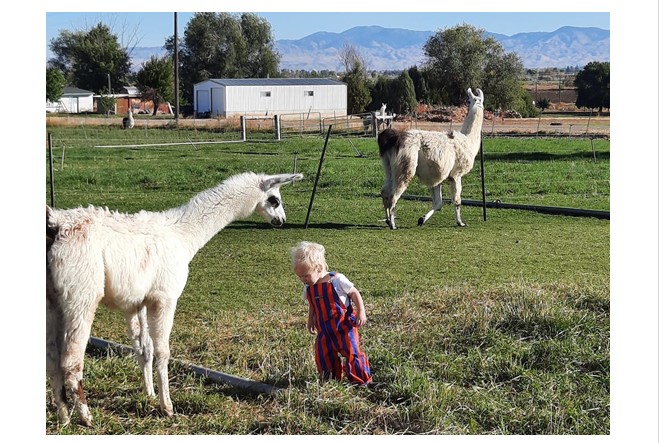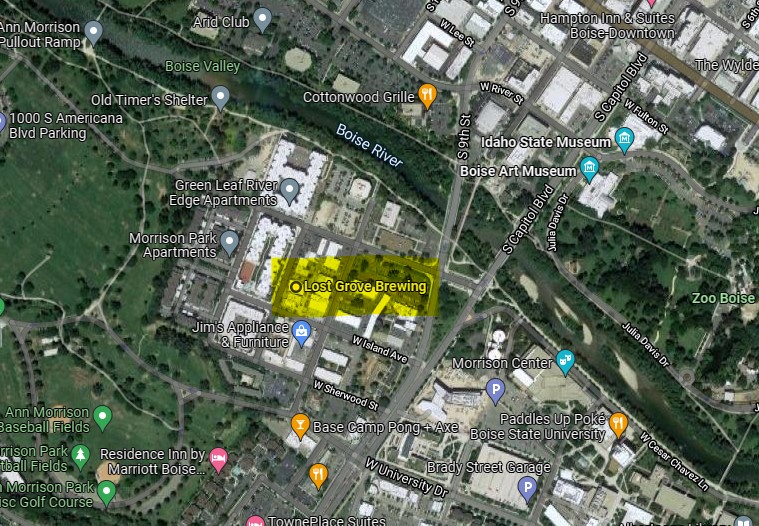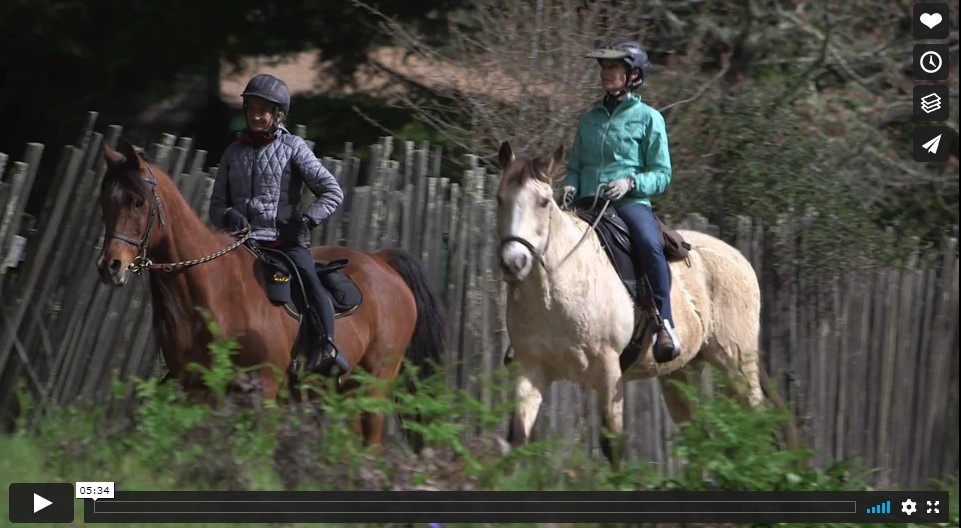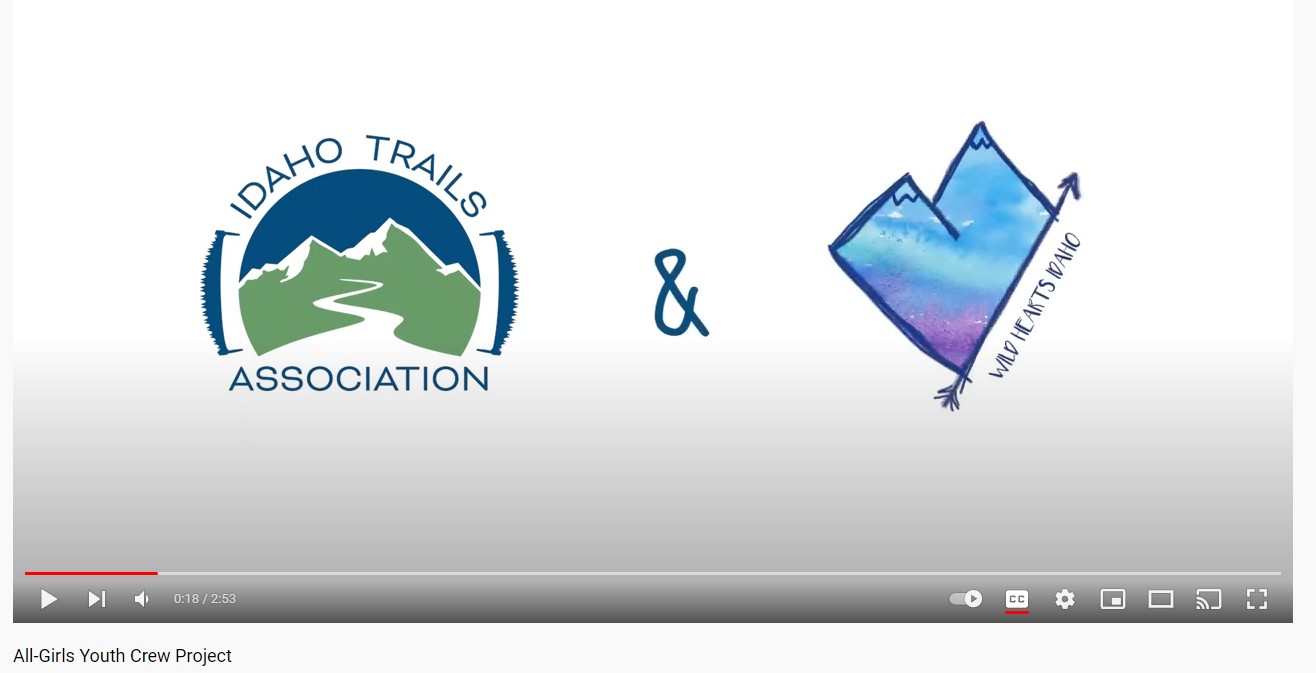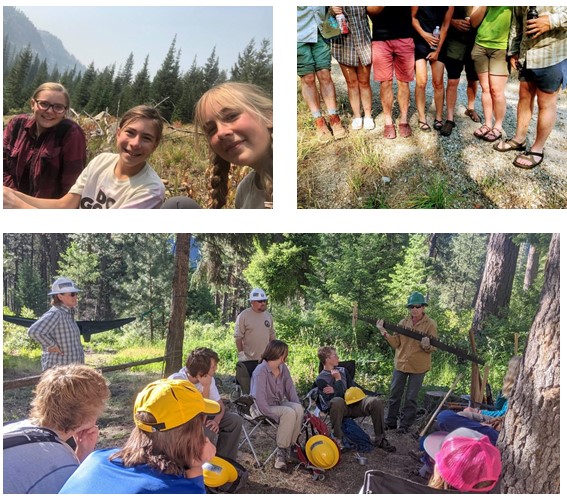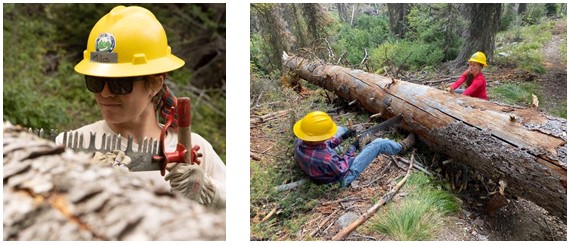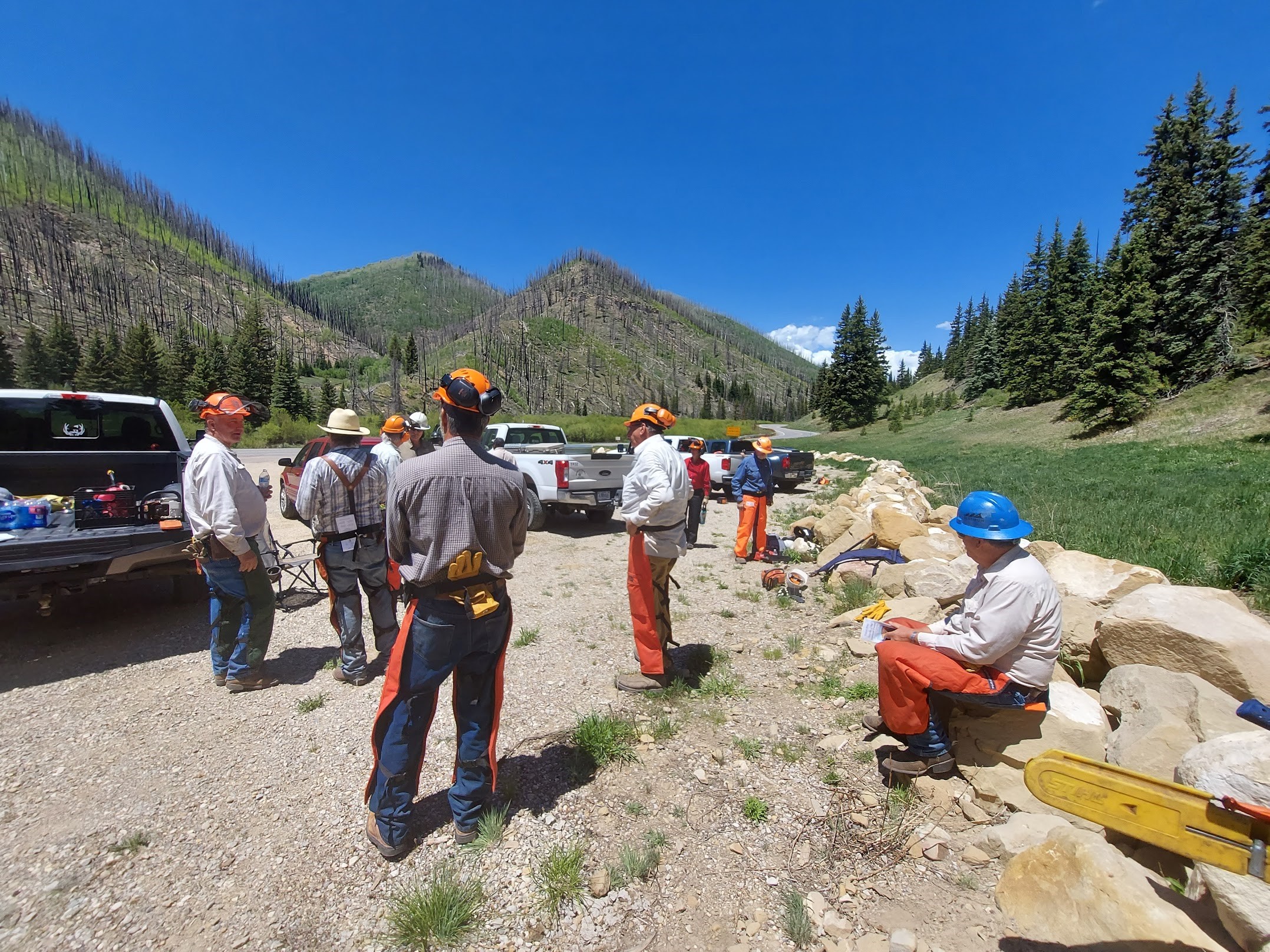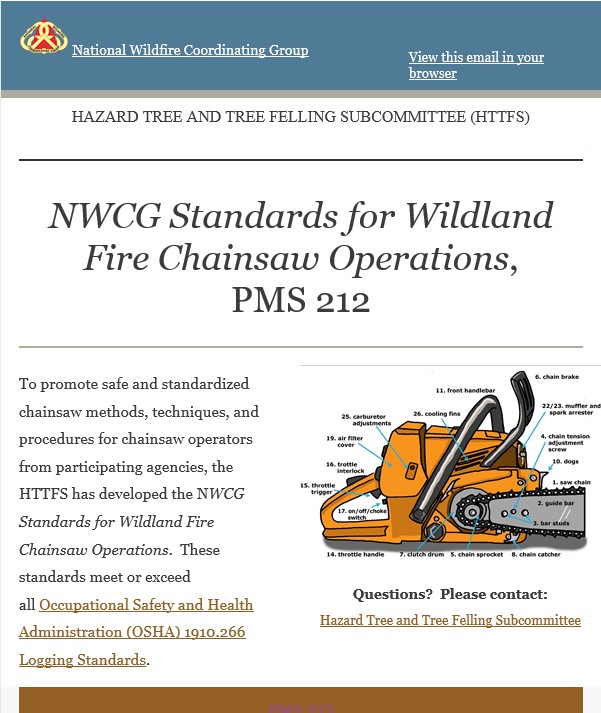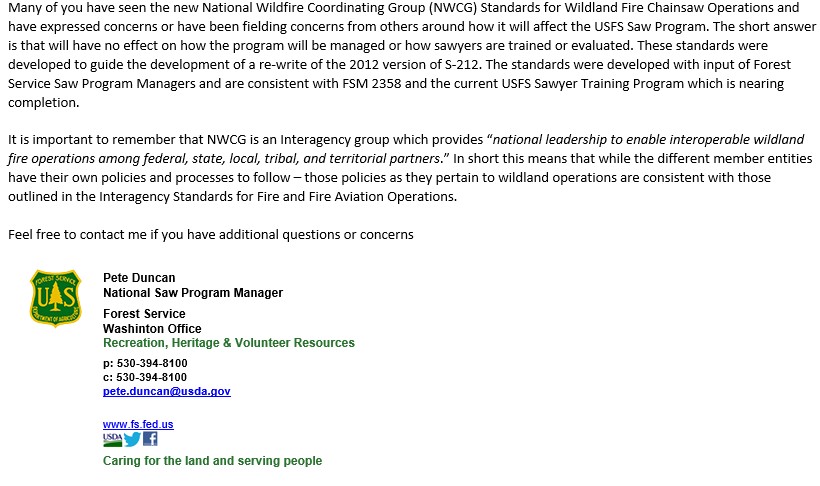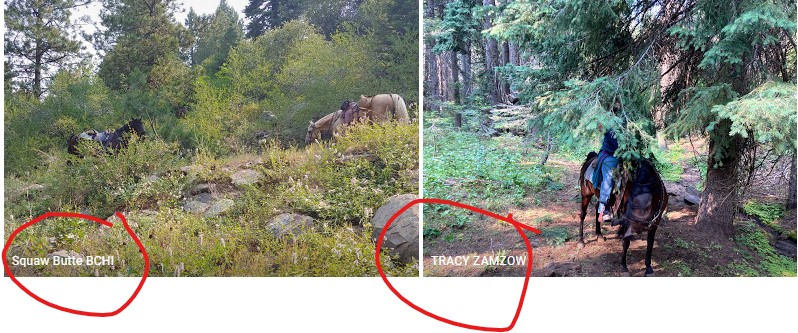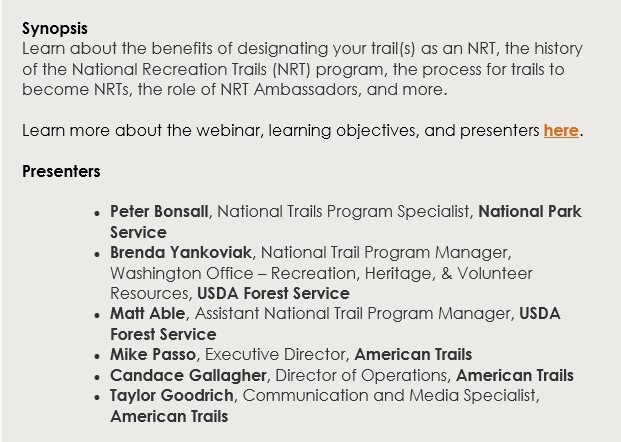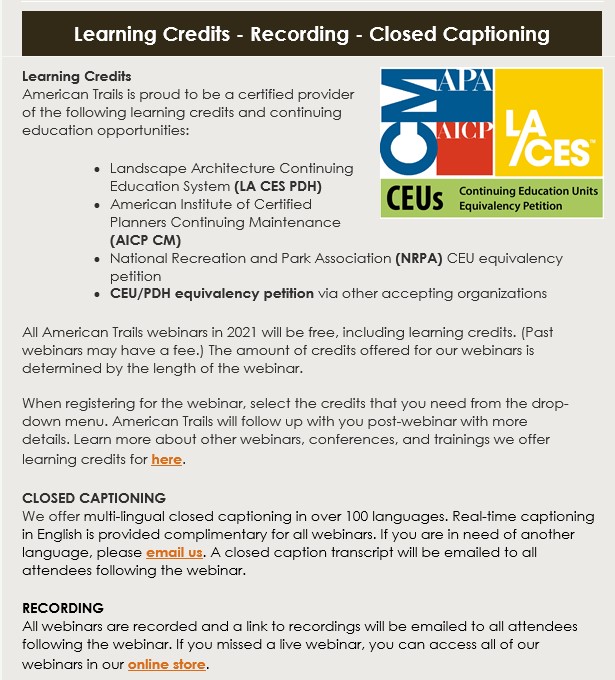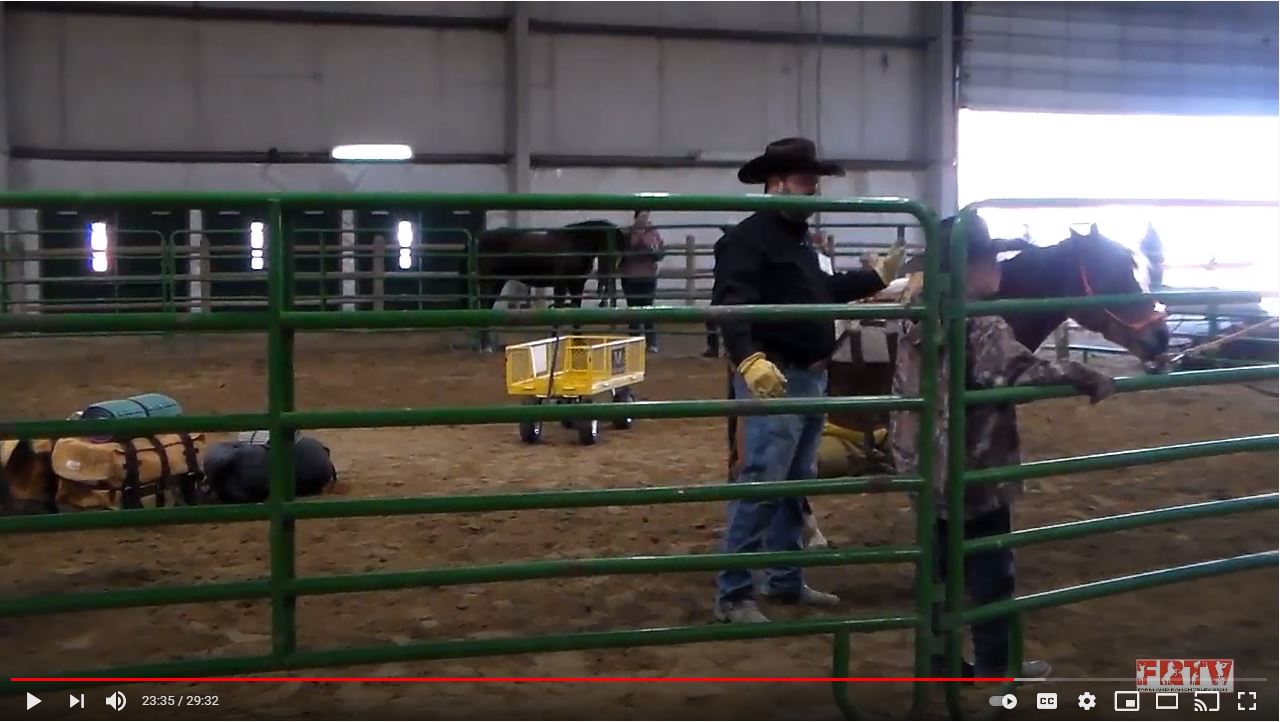In June 2022, the Pulaski Users Group (PUG) and the Flourish Foundation embarked on a collaborative trip to the Garden Isle of Kaua’i. Five alumni from the Compassionate Leaders Program, along with a student from Oahu, and PUG and Flourish staff, spent two weeks exploring the island, deepening their understanding of and appreciation for the cultural practices and significance of the Hawaiian culture and engaging in regenerative tourism.
What makes the Hawaiian Islands truly special is the stunning natural beauty, vibrant culture, and the deeply rooted practice of mālama. Mālama means to take care of, tend, attend, care for, preserve, protect, save, and maintain. The Hawaiian culture exemplifies this practice and the group was fortunate to experience this in a deep and profound way by giving back to the local trails.
Please join us to watch the premier of the video created by Flourish and PUG about mālama and their time on Kauai. After the short film, they will discuss how we can all engage in regenerative tourism and mindful environmental stewardship.
The event will be livestreamed and available to watch later. Click here to watch online.
Mountain Manners Handbook LNT – Seven Principles Training
3 Miles An Hour (Montana PBS) PBS Special on legendary packer and LNT mentor Smoke Elser
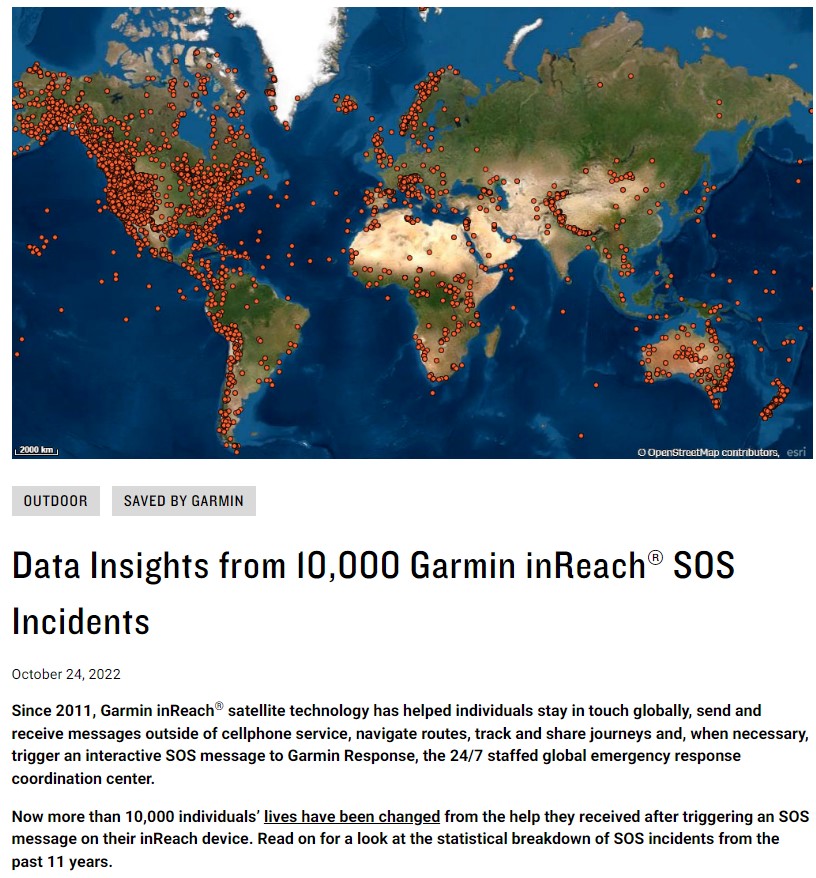
In the event of an emergency, an interactive SOS message can be sent to the 24/7 staffed Garmin Response Center. The trained staff is available to respond to messages, track devices and coordinate with emergency services or others to provide assistance, giving individuals peace of mind in the scariest of situations. Garmin Response stays in touch with individuals until help arrives or until they no longer require assistance.
With 100% global Iridium® satellite network coverage, an SOS can be triggered globally.* That includes lesser traveled places — the southern Pacific Ocean and northern Canada, for example. It is interesting to note how conglomerations of incidents indicate mountainous regions, such as the Pacific Crest Trail in western United States, the Alps in Europe and nearly all of New Zealand.
The locations of SOS incidents speak to the power of the Iridium satellite network, the intel of inReach technology, and the sophisticated inner workings of Garmin Response and its ability to make timely connections with local emergency resources in almost any region of the world.
In the event of an emergency, an interactive SOS message can be sent to the 24/7 staffed Garmin Response Center. The trained staff is available to respond to messages, track devices and coordinate with emergency services or others to provide assistance, giving individuals peace of mind in the scariest of situations. Garmin Response stays in touch with individuals until help arrives or until they no longer require assistance.
With 100% global Iridium® satellite network coverage, an SOS can be triggered globally.* That includes lesser traveled places — the southern Pacific Ocean and northern Canada, for example. It is interesting to note how conglomerations of incidents indicate mountainous regions, such as the Pacific Crest Trail in western United States, the Alps in Europe and nearly all of New Zealand.
The locations of SOS incidents speak to the power of the Iridium satellite network, the intel of inReach technology, and the sophisticated inner workings of Garmin Response and its ability to make timely connections with local emergency resources in almost any region of the world.
Our Mission
Native Land Digital strives to create and foster conversations about the history of colonialism, Indigenous ways of knowing, and settler-Indigenous relations, through educational resources such as our map and Territory Acknowledgement Guide. We strive to go beyond old ways of talking about Indigenous people and to develop a platform where Indigenous communities can represent themselves and their histories on their own terms. In doing so, Native Land Digital creates spaces where non-Indigenous people can be invited and challenged to learn more about the lands they inhabit, the history of those lands, and how to actively be part of a better future going forward together.
The Importance of Land
Land is something sacred to all of us, whether we consciously appreciate it or not — it is the space upon which we play, live, eat, find love, and experience life. The land is ever-changing and ever-shifting, giving us — and other creatures and beings on the earth — an infinite number of gifts and lessons.
For Native Land Digital, what we are mapping is more than just a flat picture. The land itself is sacred, and it is not easy to draw lines that divide it up into chunks that delineate who “owns” different parts of land. In reality, we know that the land is not something to be exploited and “owned”, but something to be honoured and treasured. However, because of the complexities of history, the kind of mapping we undetake is an important exercise, insofar as it brings an awareness of the real lived history of Indigenous peoples and nations in a long era of colonialism.
We aim to improve the relationship of people, Indigenous and non-Indigenous, with the land around them and with the real history and sacredness of that land. This involves acknowledging and righting the wrongs of history, and also involves a personal journey through the importance of connecting with the earth, its creatures, and its teachings.
Thus, while we make a strong effort to teach about colonialism and to bring forth Indigenous narratives, we also strive to integrate what is sometimes called an “Indigenous way of knowing” when it comes to the importance and sacredness of land in our daily lives. We hope to inspire people to gain a better understanding of themselves, their ancestors, and the world they live in, so that we can all move forward into a better future.
The following list sets forth the minimally acceptable number and type of first-aid supplies for first-aid kits required under paragraph (d)(2) of the logging standard. The contents of the first-aid kit listed should be adequate for small work sites, consisting of approximately two to three employees. When larger operations or multiple operations are being conducted at the same location, additional first-aid kits should be provided at the work site or additional quantities of supplies should be included in the first-aid kits:
1. Gauze pads (at least 4 x 4 inches).
2. Two large gauze pads (at least 8 x 10 inches).
3. Box adhesive bandages (band-aids).
4. One package gauze roller bandage at least 2 inches wide.
5. Two triangular bandages.
6. Wound cleaning agent such as sealed moistened towelettes.
7. Scissors.
8. At least one blanket.
9. Tweezers.
10. Adhesive tape.
11. Latex gloves.
12. Resuscitation equipment such as resuscitation bag, airway, or
pocket mask.
13. Two elastic wraps.
14. Splint.
15. Directions for requesting emergency assistance.
[59 FR 51672, Oct. 12, 1994; 60 FR 47022, Sept. 8, 1995]
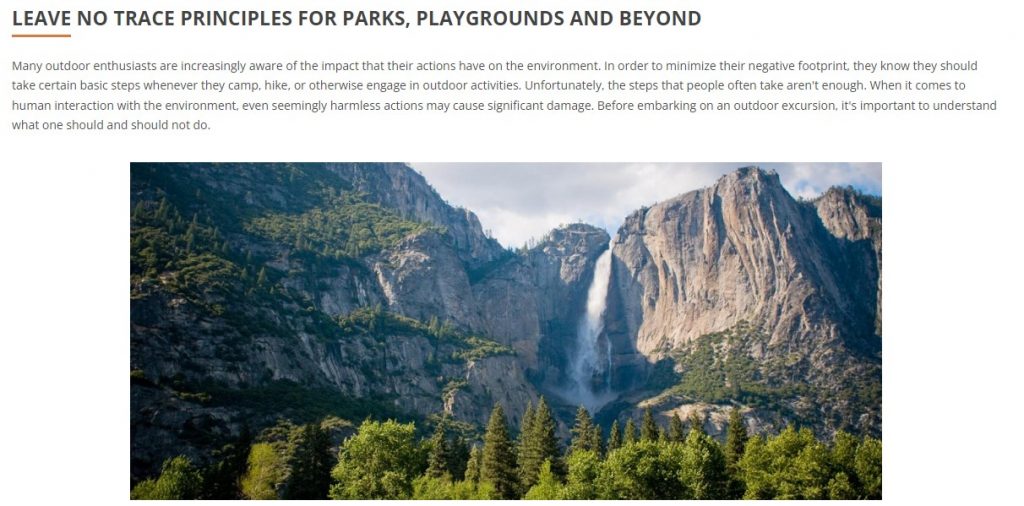
Many outdoor enthusiasts are increasingly aware of the impact that their actions have on the environment. In order to minimize their negative footprint, they know they should take certain basic steps whenever they camp, hike, or otherwise engage in outdoor activities. Unfortunately, the steps that people often take aren’t enough. When it comes to human interaction with the environment, even seemingly harmless actions may cause significant damage. Before embarking on an outdoor excursion, it’s important to understand what one should and should not do.
What Is “Leave No Trace”?
Leave no trace is a set of seven principles that minimize one’s negative impact on the environment when engaging in outdoor activities. The seven leave no trace principles are:
- Plan and prepare.
- Travel and camp on durable surfaces.
- Dispose of waste properly.
- Leave what you find.
- Minimize the impact of campfires.
- Respect wildlife.
- Be considerate of others.
People should follow these guidelines whenever they are enjoying the outdoors, regardless of whether they are engaging in activities that are reachable by car or backcountry activities that are only reachable by hiking, climbing, or boating.
The National Wilderness Skills Institute was held May 24 – 26, 2022 with training for wilderness seasonals and volunteers. You can check out sessions below.
The Forest Service and National Park Service now recognize each other’s training and certification programs. The agreement between the National Park Service and the US Forest Service has been updated to recognize that “Each Agency will accept the saw program training, evaluation, and certification conducted under the other Agency’s program for individuals working under agreement for a volunteer partner or cooperator organization on lands managed or areas administered by each Agency.”
Poudre Wilderness Volunteers Video Nominated for an EMMY
Several months ago, CBS KCNC-TV Denver aired a documentary entitled Scarred: Lessons Learned from The Cameron Peak Fire. It included several vignettes, one of which was about the work PWV is doing. As part of marketing, they teased out the documentary by airing extended versions of the vignettes prior to the actual show. The PWV story was aired first. Several of the video clips were provided by our Photo/video team and CBS was very complimentary of the quality we provided.
The 29th annual National Public Lands Day celebration will take place on Saturday, September 24, 2022. The date is different every year, but it always falls on the fourth Saturday in September.
What is National Public Lands Day (NPLD)?
NEEF’s National Public Lands Day (NPLD) is the nation’s largest single-day volunteer event for public lands. It is held annually on the fourth Saturday in September. NPLD is also a “Fee-Free Day”—entrance fees are waived at national parks and other public lands. NEEF (the National Environmental Education Foundation) coordinates National Public Lands Day.
NPLD brings together hundreds of thousands of individual and organizational volunteers to help restore the country’s public lands. These are the places Americans use for outdoor recreation, education, and just plain enjoyment. The lands encompass national parks, monuments, wildlife refuges, forests, grasslands, marine sanctuaries, lakes, and reservoirs, as well as state, county, and city parks that are managed by public agencies but belong to and are enjoyed by all of us.
Through volunteer service on National Public Lands Day as well as grant support to local organizations, NEEF helps ensure people of all ages and abilities have the opportunity to connect with public lands for recreation, hands-on learning, and community-building—now and in the future. LINK TO WEBSITE
On May 30, 2022 Charles Chick and I drove to Lowman to meet up with Todd Brown (BCHI, region 1, train the trainers sawyer) and Savanah Steele and some other USFS summer crew. The purpose of the day was for Chick and I to renew our C certifications and to enhance our skill set. Savanah team wanted to renew their B-Feller certification before starting the seasons work. The day started with Todd picking a “C” bucker problem for Chick and I to work on. While there were lots of down logs to cut, he needed to find one with a high level of complexity. The one he found met that requirement not because of a complex bind but because it was located on a steep hillside and just getting there almost took climbing gear. We made the climb, cut the log and completed that requirement, we then spent the rest of the day on mostly level ground, but the challenges just kept increasing.





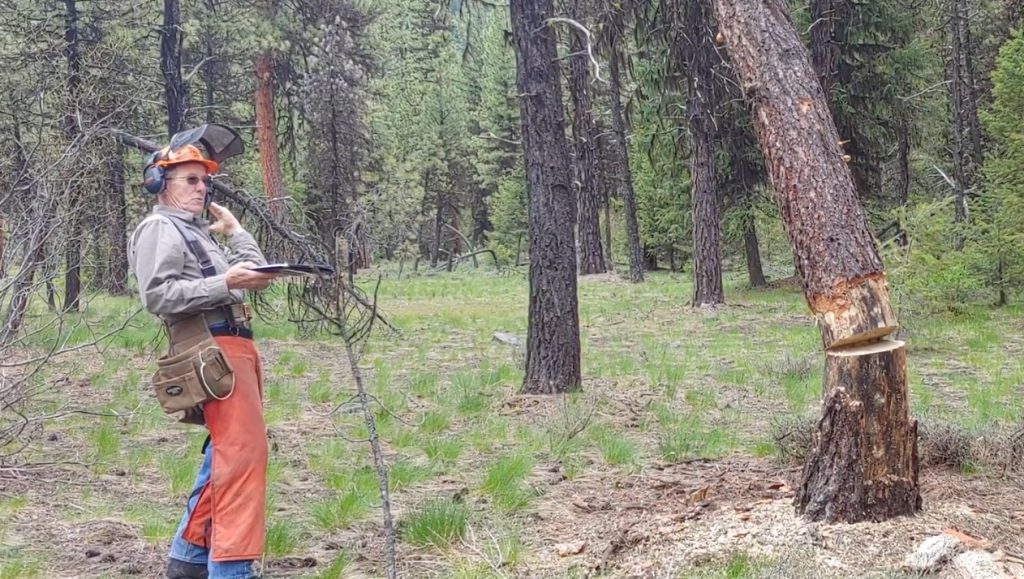 One of the demonstrations was how to approach a hung up tree, so Todd ask that I intentionally hit a tree with one I was falling. I succeeded almost to well with a direct hit. Todd then explained a number of different ways to safely finish bringing the hung tree to the ground, the safest being to winch it out with a come-a-long. I did my best to following his advice but the tree had other ideas and I succeeded it pinching my bar and the tree was still stuck.
One of the demonstrations was how to approach a hung up tree, so Todd ask that I intentionally hit a tree with one I was falling. I succeeded almost to well with a direct hit. Todd then explained a number of different ways to safely finish bringing the hung tree to the ground, the safest being to winch it out with a come-a-long. I did my best to following his advice but the tree had other ideas and I succeeded it pinching my bar and the tree was still stuck.
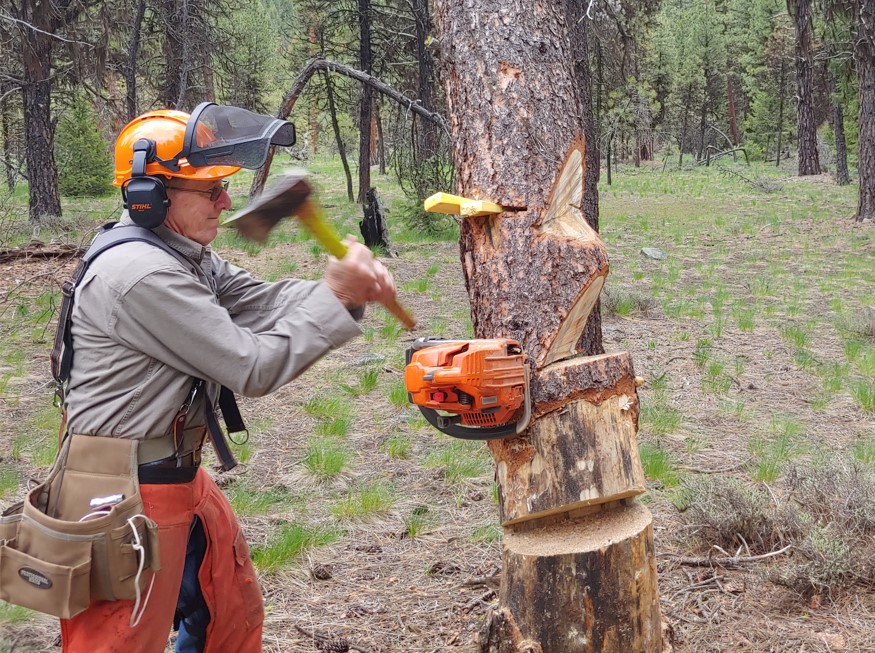 While the rest of the team watch we tried to wedge it over without success. As I was starting a second saw to try and finish the job, the tree made a large cracking sound and dropped to the ground taking my saw with it. A new safety brake handle will be required to put that saw back in service.
While the rest of the team watch we tried to wedge it over without success. As I was starting a second saw to try and finish the job, the tree made a large cracking sound and dropped to the ground taking my saw with it. A new safety brake handle will be required to put that saw back in service.
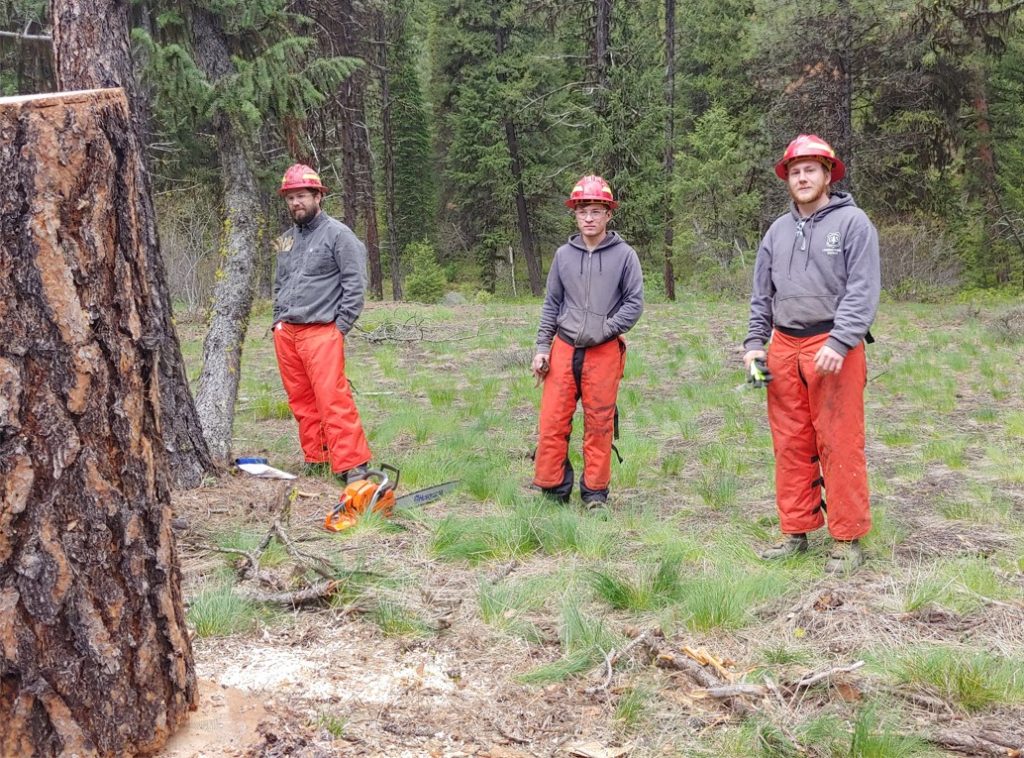

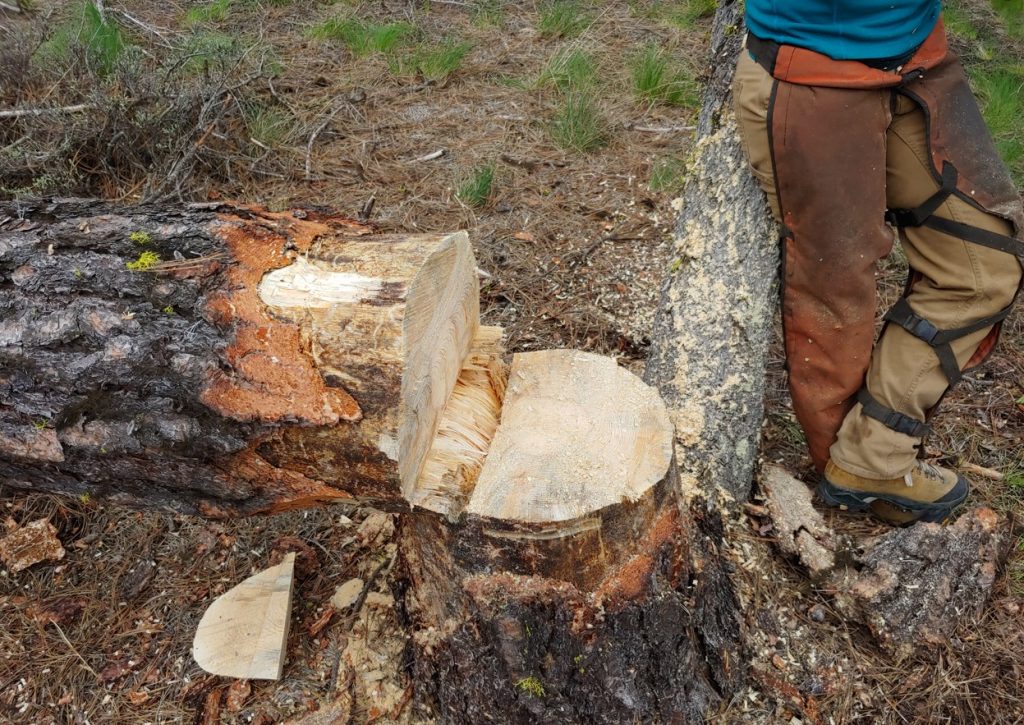
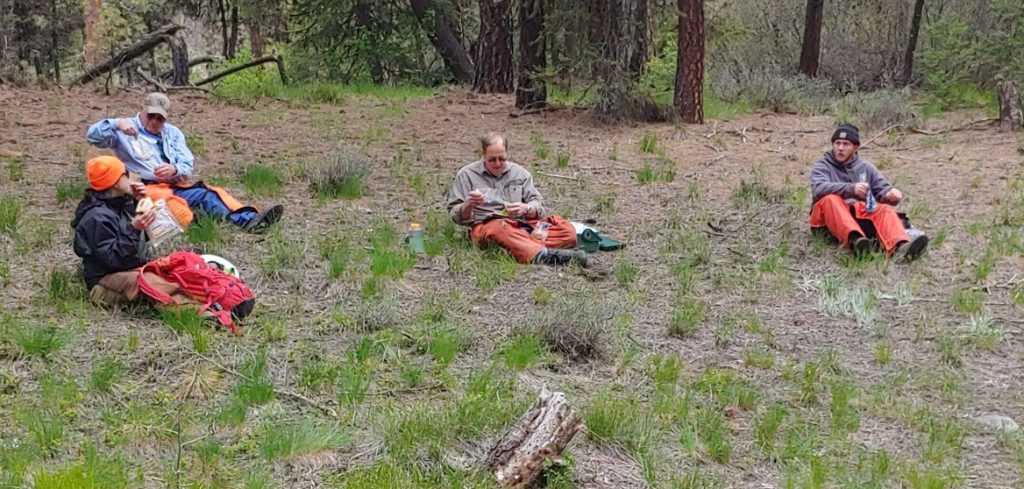
When not cutting ourselves, Chick and I worked as instructors with the rest of the group, working on different skills and by the end of the day everyone had completed their requirements for recertification and were ready for the coming season. Thanks to Todd for making the drive down from Grangeville and working with the group.
HOW
WHY
Packing Tips- Lots of helpful information on packing and riding in the back country.
Check out the Pack Saddle Info Guide and other useful information on this site.
Packing equipment: Outfitters Supply / Outfitters Pack Station
Skills Clinic Books & Handouts
Minimum Impact
Tips & Trips
As we are heading into the 2022 field season, here are some additional emphasis areas/refresher topics and Lessons Learned links that could be helpful during your saw trainings and refreshers.
- Training/Recertification/Evaluation — As we are onboarding new and returning employees, May and June are two of the busiest months for saw trainings, evaluations, and recertification’s. Currently in Region 4 with over 2500 certified sawyers, we have several trainings and evaluations taking place amongst our partners, volunteers, and USFS employees. It doesn’t matter if you are a “Bucking Only” volunteer organization or an Interagency Hotshot Crew, using chainsaws or crosscuts, preplanning for a medical emergency is just as important in a training scenarios as it is in an operational scenario. Do we treat ‘training’ cutting situations different than we treat ‘operational’ cutting situations? Where should an evaluator be during the cutting operation? Where should the rest of the students be? How many people are ‘okay’ to be around the base of the tree because its training? Here are some Lessons Learned that may be valuable to you as you begin your refresher and chainsaw trainings:
- Change in Complexity — We do a good job determining complexity of a saw operation in a somewhat static environment prior to even turning on the saw. We go through each component of OHLEC looking to identify hazards, determine leans and binds and then essentially develop and articulate a plan to safely put a tree on the ground or buck a log off a trail. Based on the OHLEC size-up we ask our ourselves the question, “Do I have the skills and ability to safely complete this cutting operation?” However, once we put the saw into a tree we are creating a dynamic situation where complexity can easily change based on a number of factors; i.e., rotten wood fiber that was not previously identified, incorrectly identified leans or binds, unintentionally cut more wood than planned, created a dutchman or bypass changing the intended direction of fall, or the tree began to fall and is now hung-up. All of these scenarios would cause your plan to change and for complexity to change. If your cut plan has changed from what you originally had planned for, take a tactical pause and understand something different is happening than what you expected to happen. Take a breath and determine if you still have the skills and ability to safely complete the cutting operation. Remember it is always okay to walk away from any cutting operation and look for alternative methods to safely meet the objective. Here are some resources that may help aid in conversation around changing complexity.
A reminder that the Interim Directive (ID) that extends sawyer certifications will expire on Dec 31, 2022. Please continue to seek opportunities to do recertification’s when possible. Thank you for all the work that you do and please let me know if you have any questions. Please share as appropriate.
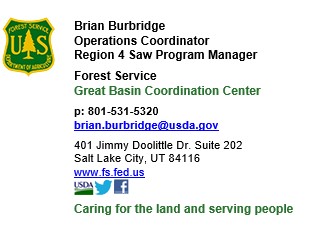
S212 – Brushing & Bucking
Unit 0 – Introduction-Course Objectives
Unit 1 – Safety Requirements (Supplemental Information embedded in powerpont.)
Unit 2- Chainsaw Parts, Maintenance and Operation (Supplemental Information embedded in Powerpoint.
2019 Complexity Powerpoint
Unit 4A: Chainsaw Tasks and Techniques: Handling, Bucking, Limbing, and Brushing and Slashing
Unit 4B: Chainsaw Tasks and Techniques: Handling, Bucking, Limbing, and Brushing and Slashing (Field Proficiency)
Here is a link to the NWCG site where there is some pre-work materials, student workbooks for S212, etc…
https://www.nwcg.gov/publications/training-courses/s-212/course-materials
Regarding a certificate if you wish to issue one it would read- Forest Service Sawyer Training – S212 (Unit 0,1,2,4A)
Travis Dotson and Alex Viktora discuss the Tree Felling Accident Analysis – a report comparing 53 different tree felling accidents.
Topics covered include:
Predicting Tree Reactions
Hung-Up Trees
Helmets
Two People at the Base
Area Control
Escape Routes
Accidents During Training
If you have anything to do with chainsaws on the fireline…tune in.
Download the report at: https://www.wildfirelessons.net/viewdocument/tree-felling-accident-analysis
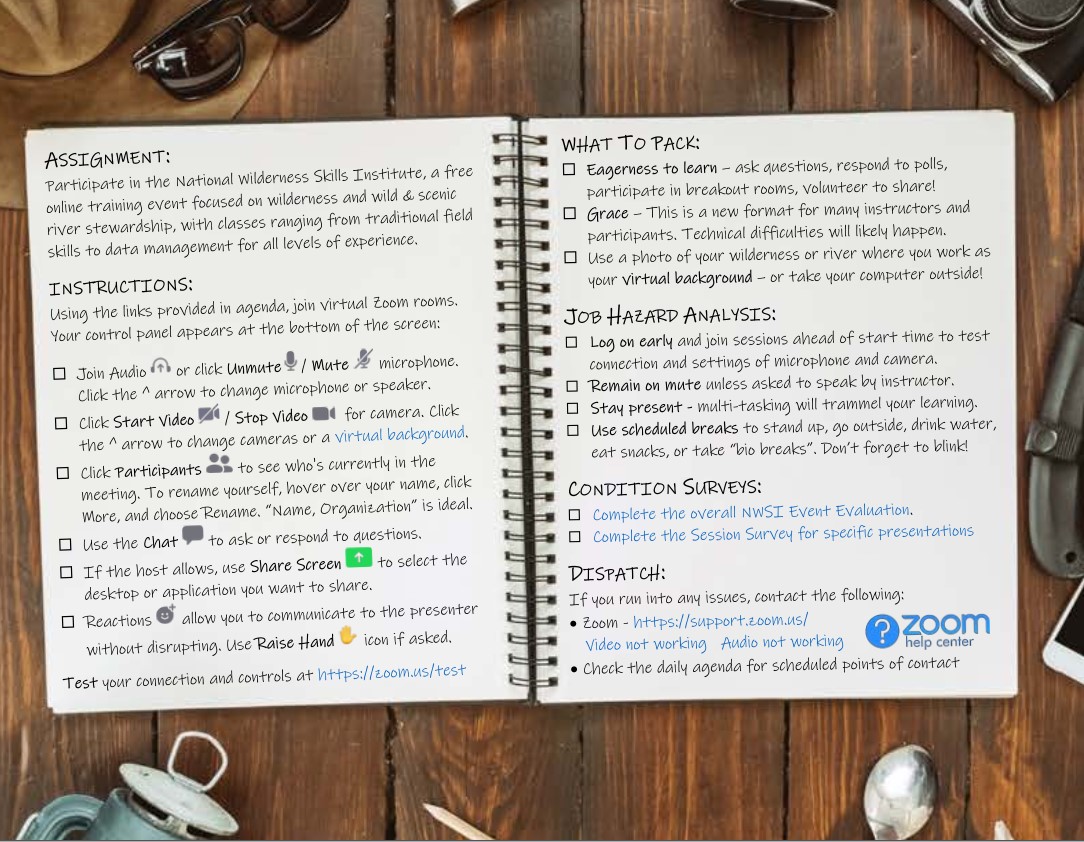
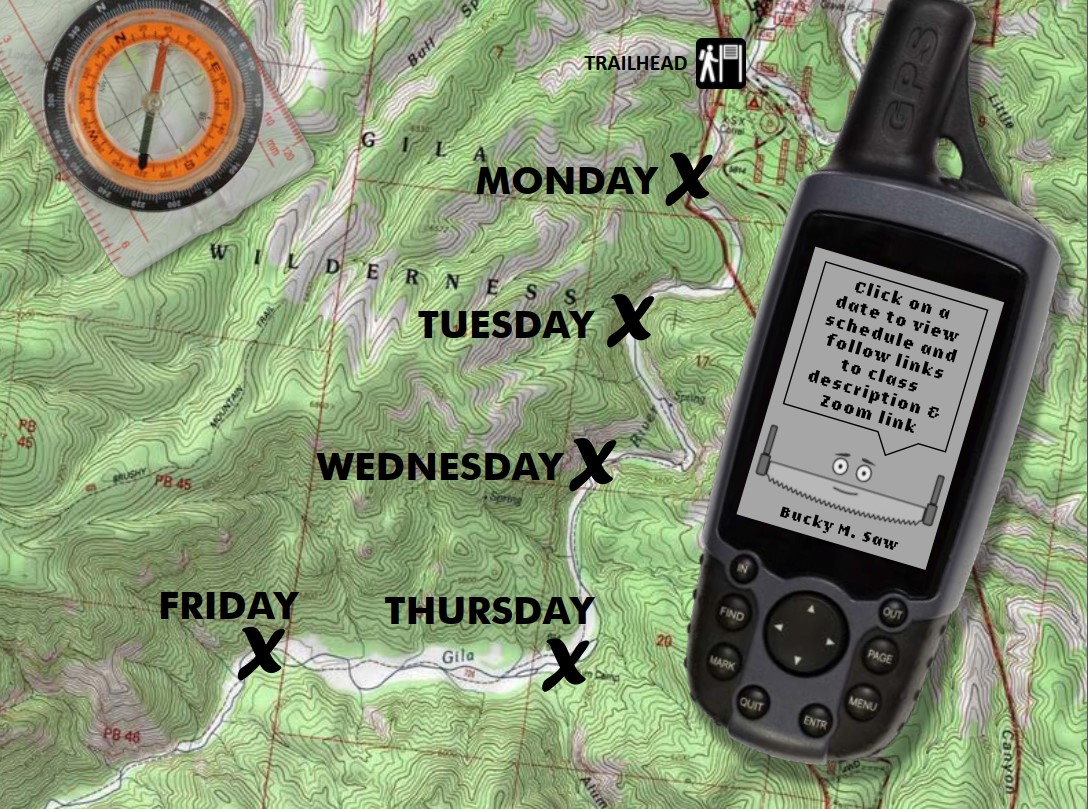

LINK TO THE PRESENTATION MATERIAL AND VIDEO’s
National Wilderness Skill Institute 2022 – May 24, 25 & 26, 2022
Some the more popular sessions:
Contact Lisa Ronald lisa@wilderness.net if you have a question.
This App will not replace a satellite beacon service rescue device like inReach or Spot, but is a very useful low cost tool that should be part of every back country riders tool kit.

From Melanie Vining – Executive Director
ITA is doing a January 5th, 2022 evening presentation on packing goats, llamas and horses/mules at Lost Grove Brewing at 6pm. I’ll do the mule part and a gal from New Meadows will talk pack goats, and a couple from Boise about their llamas. Should be a fun evening. Presentations start at 18:00 (6pm)

Located in downtown Boise, our 70 seat, dog-friendly, craft beer tasting room sits directly adjacent to our brewing facility. Large windows separate the space to give you a view into where we get our hands dirty. Newly added outdoor seating on our front and side patios provide plenty of space for safe social distancing to enjoy one of our draft beers and food from one of our local rotating food trucks.
Come grab a beer and let us help you get lost. 1026 S. La Pointe Street, Boise, ID 83706
https://www.americantrails.org/
American Trails brings agencies, trail builders, planners, architects, advocates, and volunteers the latest in state-of-the-art information on all aspects of trails and greenways. Our webinars focus on a variety of trail topics, usually applicable to all trail types, with expert presenters. Webinar topics are chosen from current cutting-edge trail topics selected from attendee/presenter suggestions as well as recent popular conference sessions.

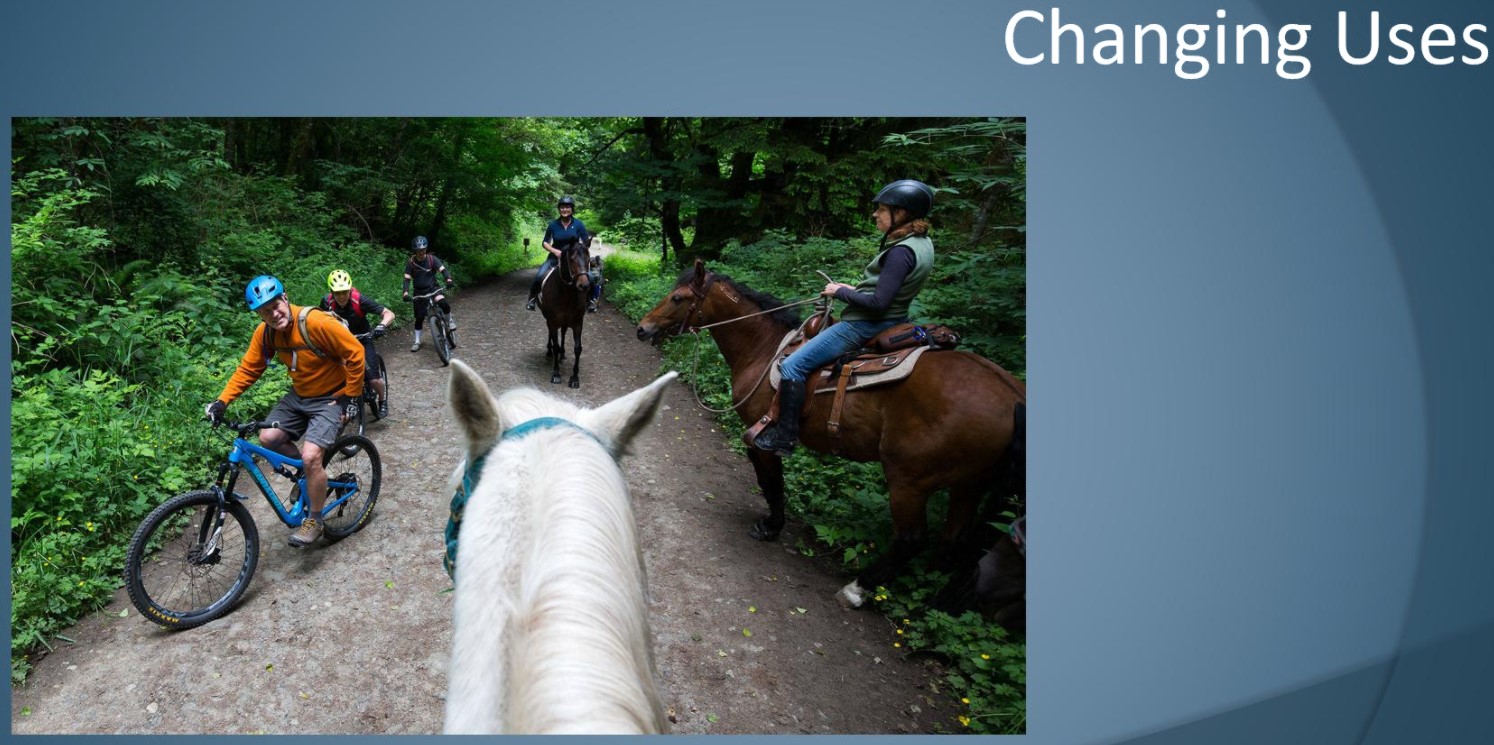
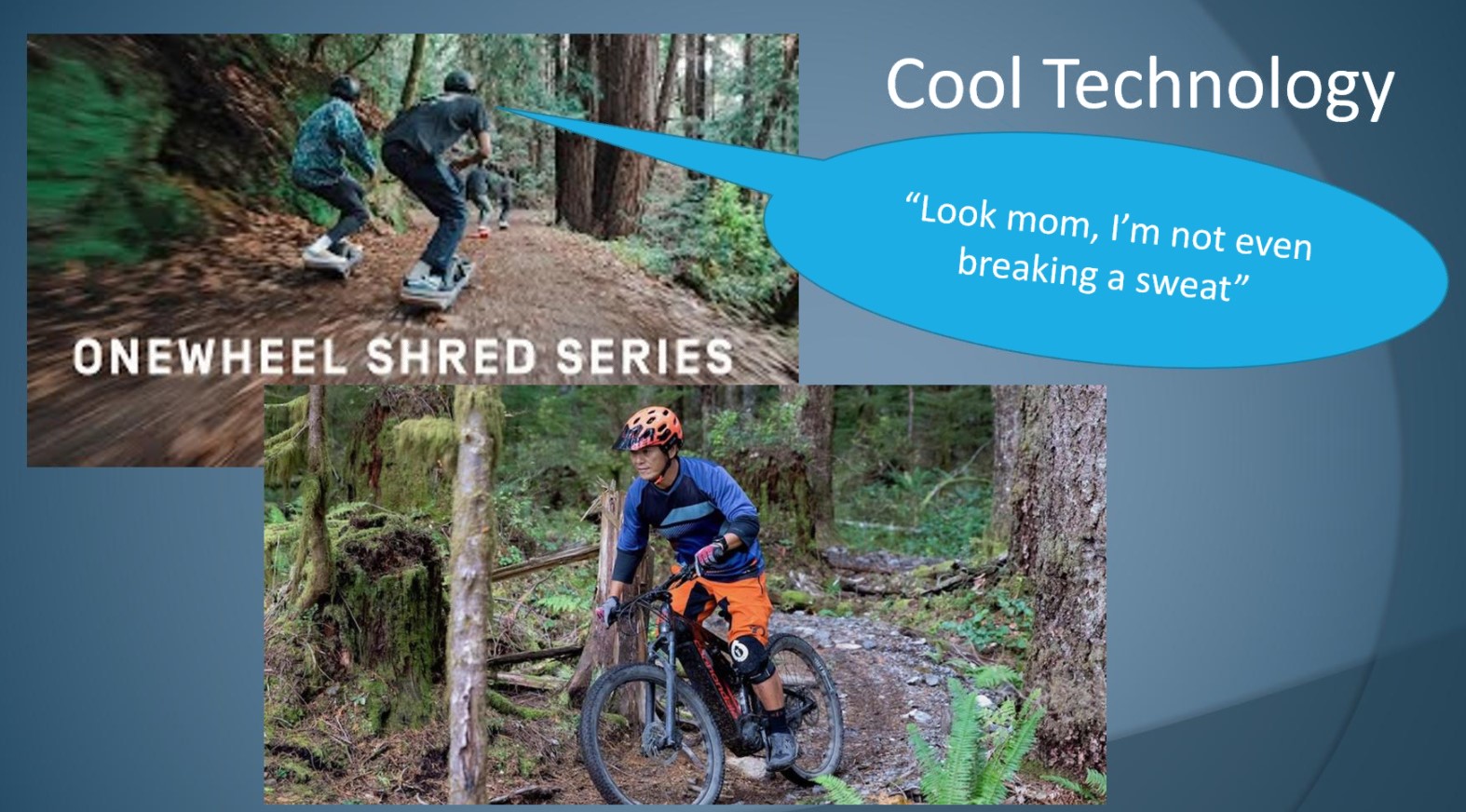

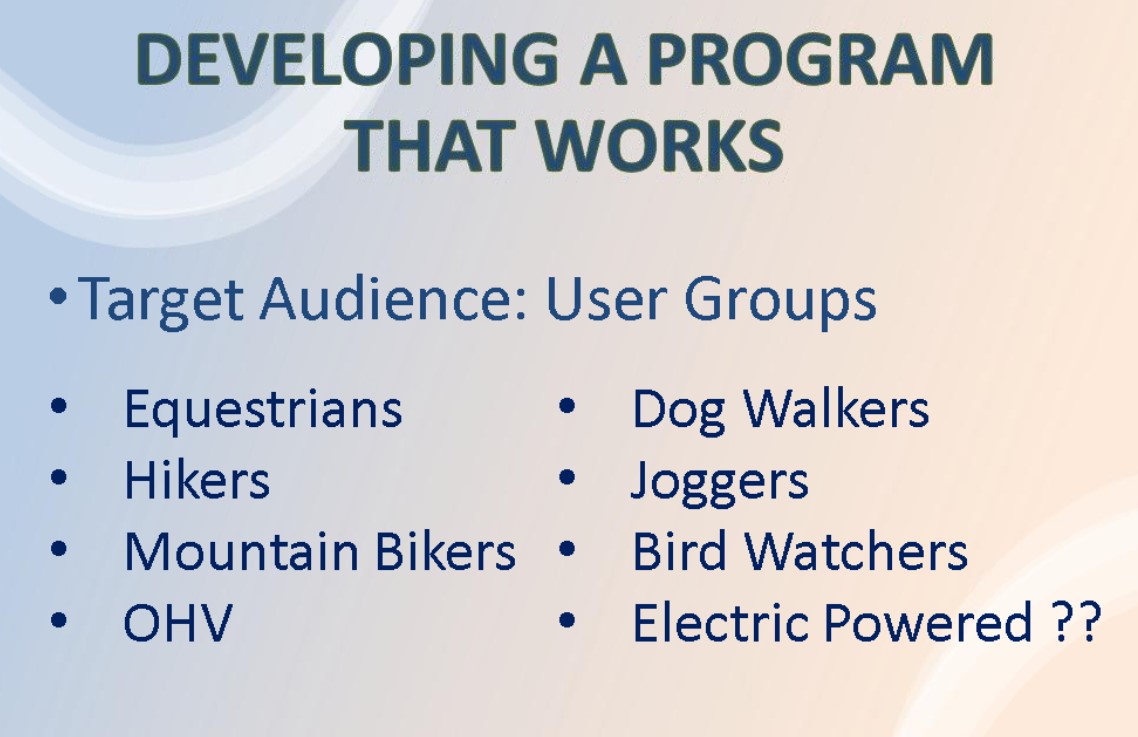
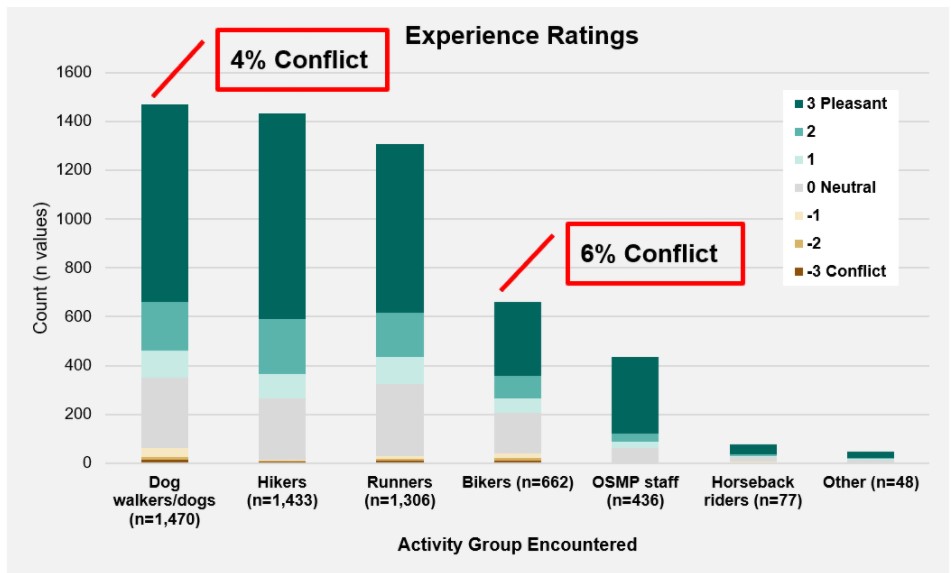
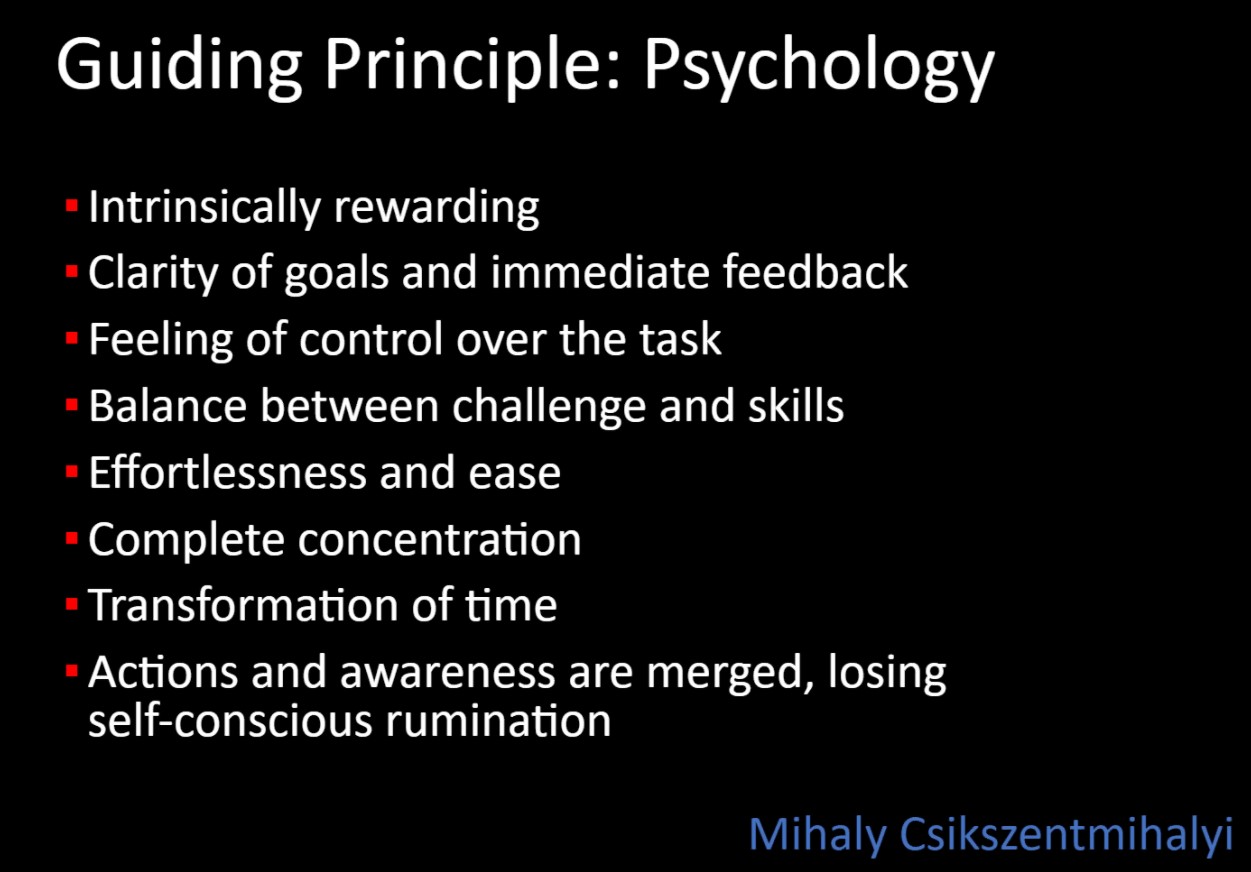
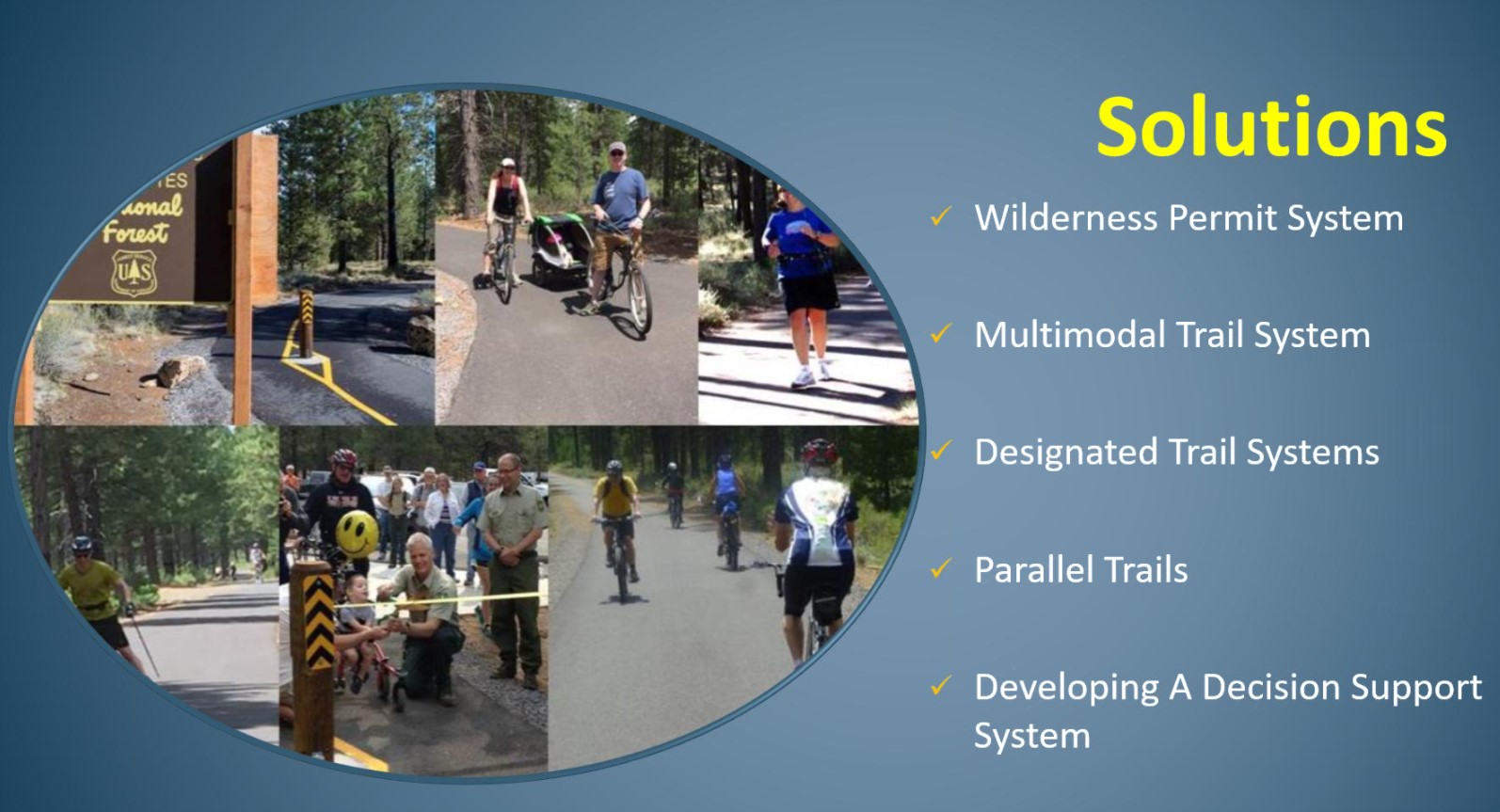
This webinar will be recorded and offers real-time closed captioning in English (email us if another language is required). A link to the recording, closed caption transcript, and the resources slide with links and the presenter’s email will be sent within 1-3 business days. It takes us a little time to gather all the materials.
LINK: https://www.americantrails.org/training/wheels-and-legs-reducing-nonmotorized-trails-conflicts
Slow And Say Hello
ITA partnered with Wild Hearts Idaho this year for an all-girls youth trail maintenance trip in the Gospel Hump Wilderness! From a thrilling (and wet!) jet boat ride up the Salmon River to living out of their backpacks for a week, these girls had quite the adventure in Idaho’s backcountry.
Thank you to the Nez Perce-Clearwater National Forest, the Sawtooth National Forest, and Mackay Bar Outfitters for your support on this project.
Many horses that develop laminitis are overweight or obese. We know that the vast majority of laminitis cases are caused by high insulin levels. The correlation has always been obvious, and it didn’t take long for an assumption to arise that obesity is a laminitis risk factor and causes elevated insulin. There’s just one thing: it’s not true.
Relationships between diet, obesity and insulin dysregulation in horses and ponies
At 09:00 on a clear, cool and windy day USFS employees, William Rockhill (Sawyer Training Coordinator for South Western Idaho), Savannah Steel (BNF Recreation Supervisor) and Caitlyn Rice (BNF North Trail crew lead) joined Tracy Zamzow, Rob Adams & Charles Chick from Squaw Butte, and Mark Nebeker for the classroom part of the USFS Sawyer Certification Workshop.
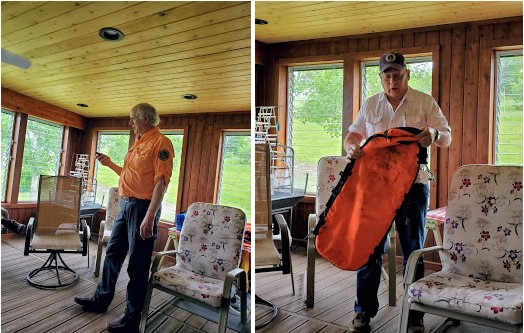 Savannah, Caitlyn, Tracy and Mark wanted to work on Saw certification and William wanted to meet us as he with be signing this years sawyer cards after we finish the training. The classroom part of the training takes between 7 and 8 hours depending on how many questions are ask and stories told. After a class like this every is ready to get into the back country and cut up some downed trees!
Savannah, Caitlyn, Tracy and Mark wanted to work on Saw certification and William wanted to meet us as he with be signing this years sawyer cards after we finish the training. The classroom part of the training takes between 7 and 8 hours depending on how many questions are ask and stories told. After a class like this every is ready to get into the back country and cut up some downed trees!


